
Lactose intolerance is a condition where the body cannot digest lactose, a sugar highly present in dairy products. This happens due to a reduced production of lactase, the enzyme necessary to break down this sugar and digest it without discomfort. In many products labeled as "lactose-free," this enzyme is specifically added. When we are born, except for rare cases of Congenital Lactase Deficiency (CLD), we all have this enzyme to digest breast milk, and it is equally physiological for it to decrease starting from weaning, progressively reducing more or less markedly during adulthood. This is why we talk about a rather widespread condition worldwide, with significant differences between geographical areas. Unlike other intolerances, this one is officially recognized by the World Health Organization (WHO) and has a more precise diagnosis.
Globally, it is estimated that about 65-70% of the world's population is affected by this intolerance, with significant variations between different areas. In Asia, particularly in China and Japan, the prevalence can reach 80-100%, while in Africa there are populations where practically all individuals are intolerant. In Europe, the situation is more heterogeneous: in the Nordic countries, like Sweden and Finland, the percentage of people who can digest lactose in adulthood is very high, reaching 74% and 82% respectively, while in Greece only 20% of the population maintains this ability. In Italy, this condition affects between 30% and 50% of the population, with rather marked regional differences: in the North, the prevalence is around 52%, in the Center it drops to 19%, while in the South it is around 41%. All these differences are mainly due to genetic and cultural factors, as the ability to digest lactose in adulthood depends, as mentioned, on the persistence of the lactase enzyme, which in some populations has been favored by evolution following the regular consumption of milk and derivatives over the centuries.
Not all people with reduced lactase activity exhibit clinical symptoms, and the severity of the disorders varies depending on the amount of lactose ingested and the individual's ability to adapt, which can change over time. Among the most common reactions are abdominal bloating, cramps, diarrhea, and nausea, which generally occur within a few hours of consuming dairy products. In addition to gastrointestinal symptoms, headaches, fatigue, and, in some cases, skin rashes may also occur. Less common, but still possible: irritability or depression, due to general malaise. If neglected, these signals can further complicate daily life, turning a temporary discomfort into chronic discomfort.
To diagnose lactose intolerance, it is essential to consult an expert doctor. The professional uses two specific complementary tests to determine sensitivity to this sugar. The first is the breath test, considered the number one standard reference. This test evaluates the presence of hydrogen in the breath before and after administering 25 grams of lactose dissolved in water. The second test, mainly used in Italy, is the genetic test through a buccal swab, to collect a DNA sample from the oral mucosa. As explained by the Italian Association of Lactose Intolerant (AILI), these are complementary tests and not alternatives to each other. Self-diagnosis also plays a fundamental role in recognizing lactose intolerance.
There are dietary adaptations and specific treatments that can significantly improve the quality of life for those who are lactose intolerant. The first step is obviously to modify the diet, eliminating or reducing dairy products and opting for lactose-free alternatives, such as plant-based milk and aged cheeses. There are also therapeutic options, such as taking supplements containing the lactase enzyme, which help break down lactose and prevent annoying symptoms. A fortunate solution for those who do not want to completely give up a beloved dish or food containing lactose. Finally, note that the symptoms associated with this condition, such as inflammation of the gastrointestinal mucosa, may take several months to completely disappear once the right precautions are taken.
Lactose is naturally found in milk and its derivatives, but it can also be present in unsuspected foods, as it is often used as an additive to improve texture, flavor, or preservation. Some examples include:
1. Baked goods and cereals
2. Cold cuts and deli meats
3. Sauces and condiments
4. Ready meals and frozen foods
6. Alcoholic beverages and drinks
Those who are intolerant must therefore carefully check labels, including the "traces of" section, to avoid unintentional consumption. As always, a great alternative is to cook nice homemade dishes, thus maintaining control over the ingredients. On Tuduu, you can find many recipes that can inspire you! 😉
We couldn't find any recipes that match your search criteria. Try adjusting the filters.
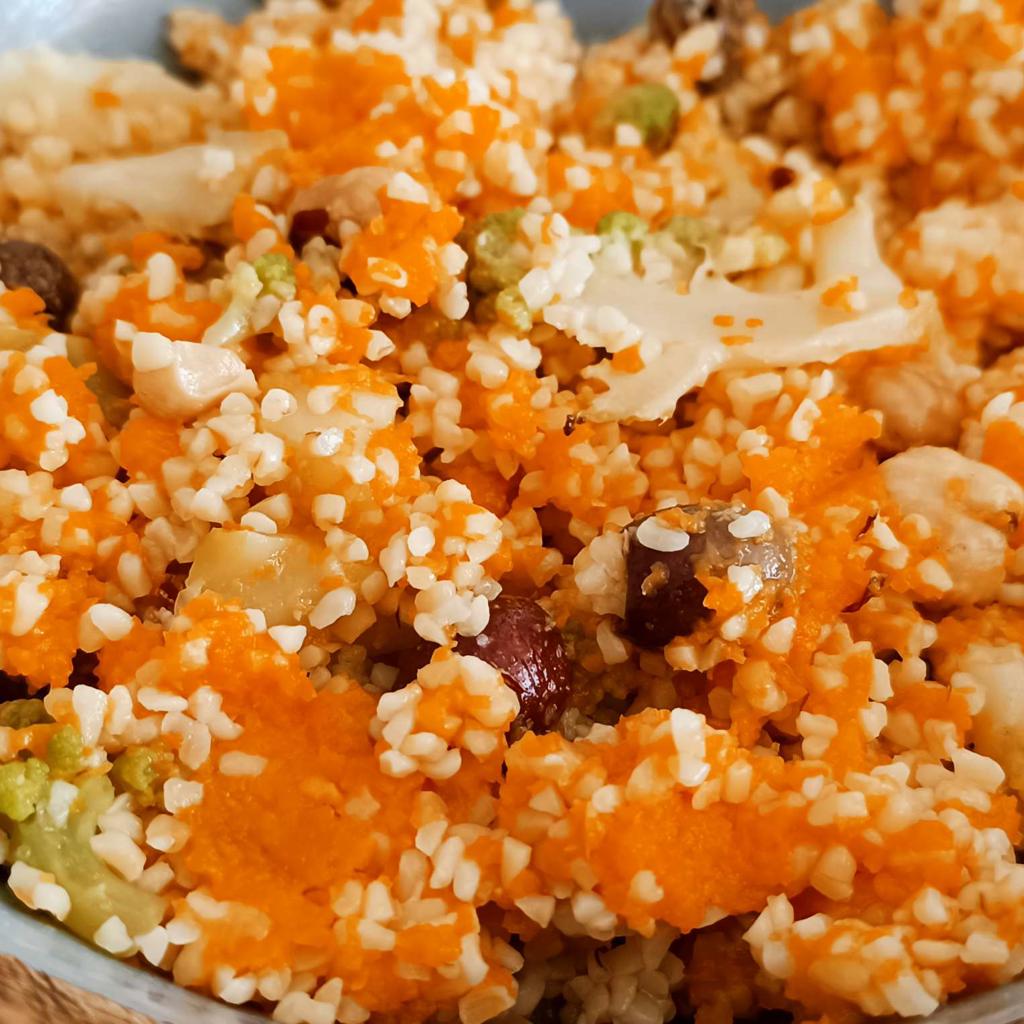
Bulgur with romanesco cauliflower, pumpkin, hazelnuts, and olives
Mariapia - Food Blogger - Economista Salutista
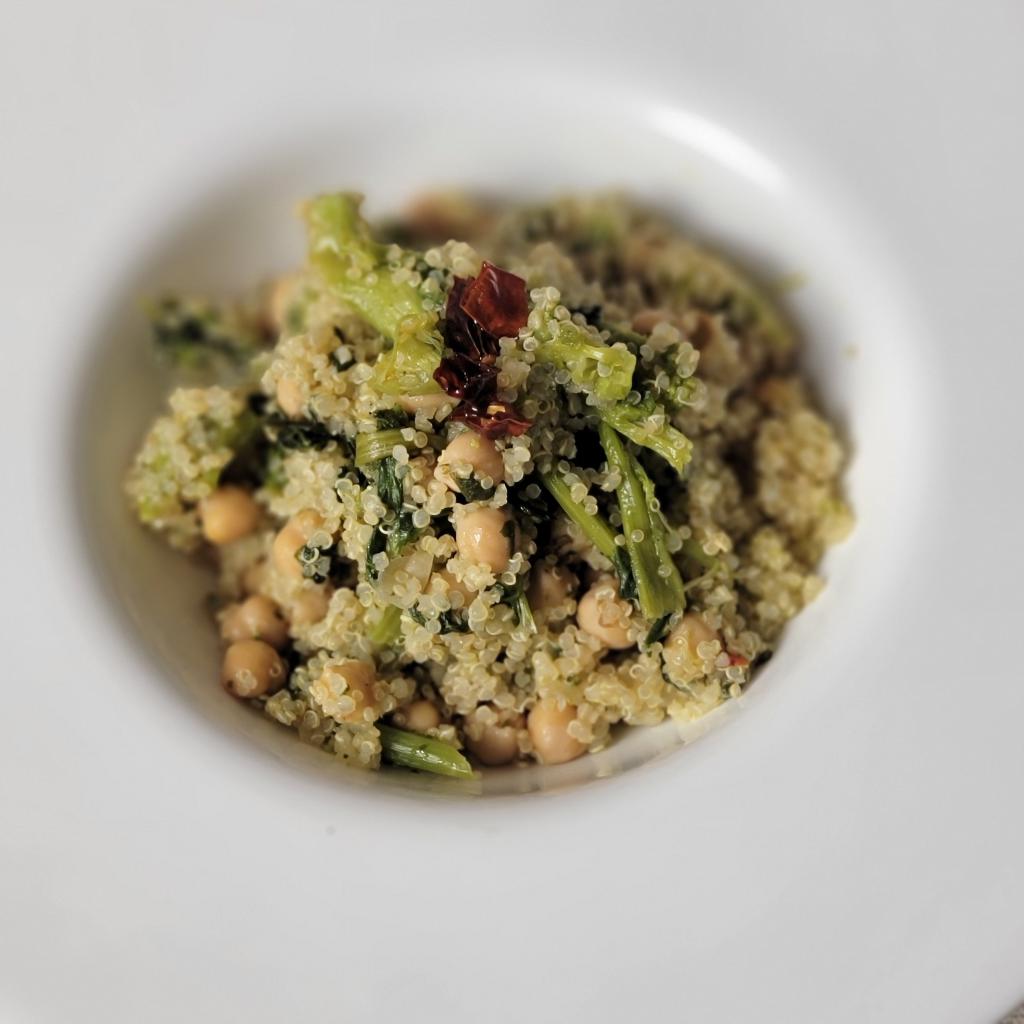
Quinoa with turnip tops and chickpeas
Cucinare_per_te

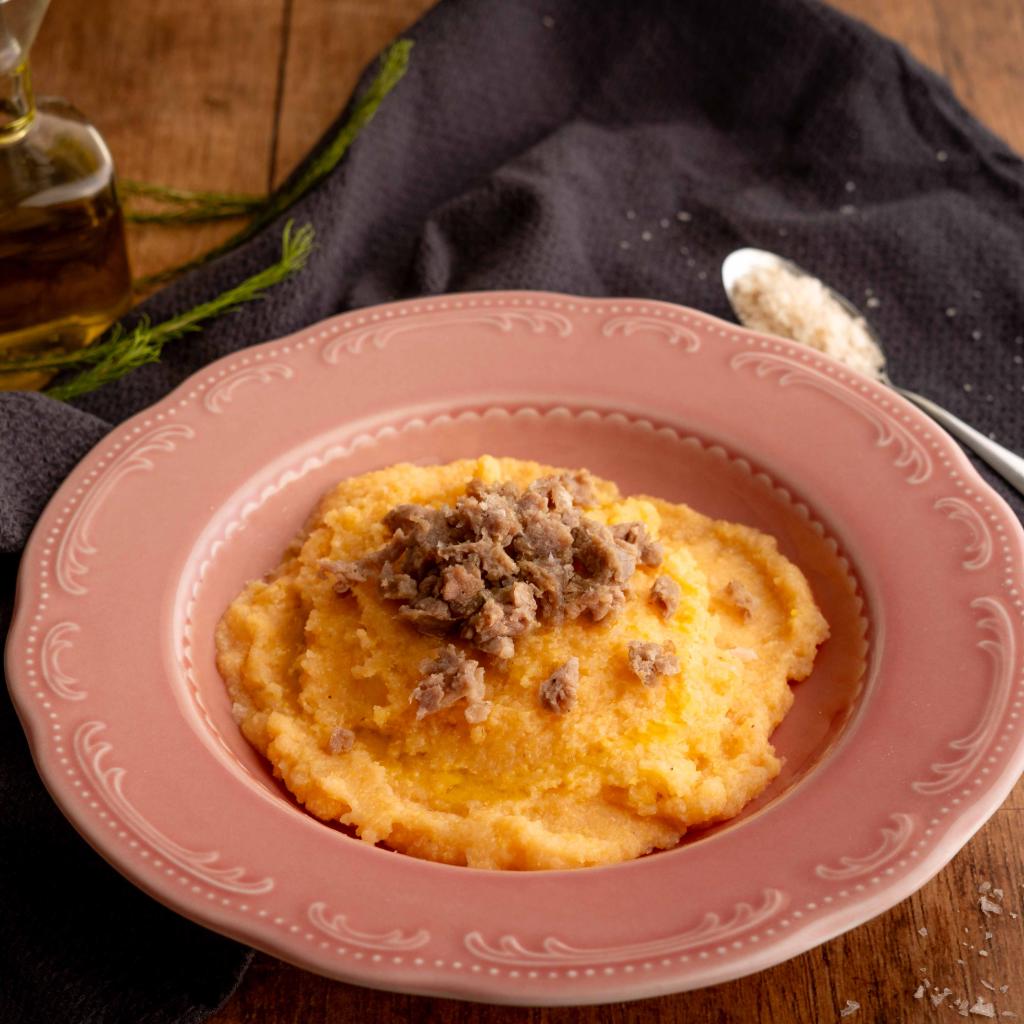
Manu food writer
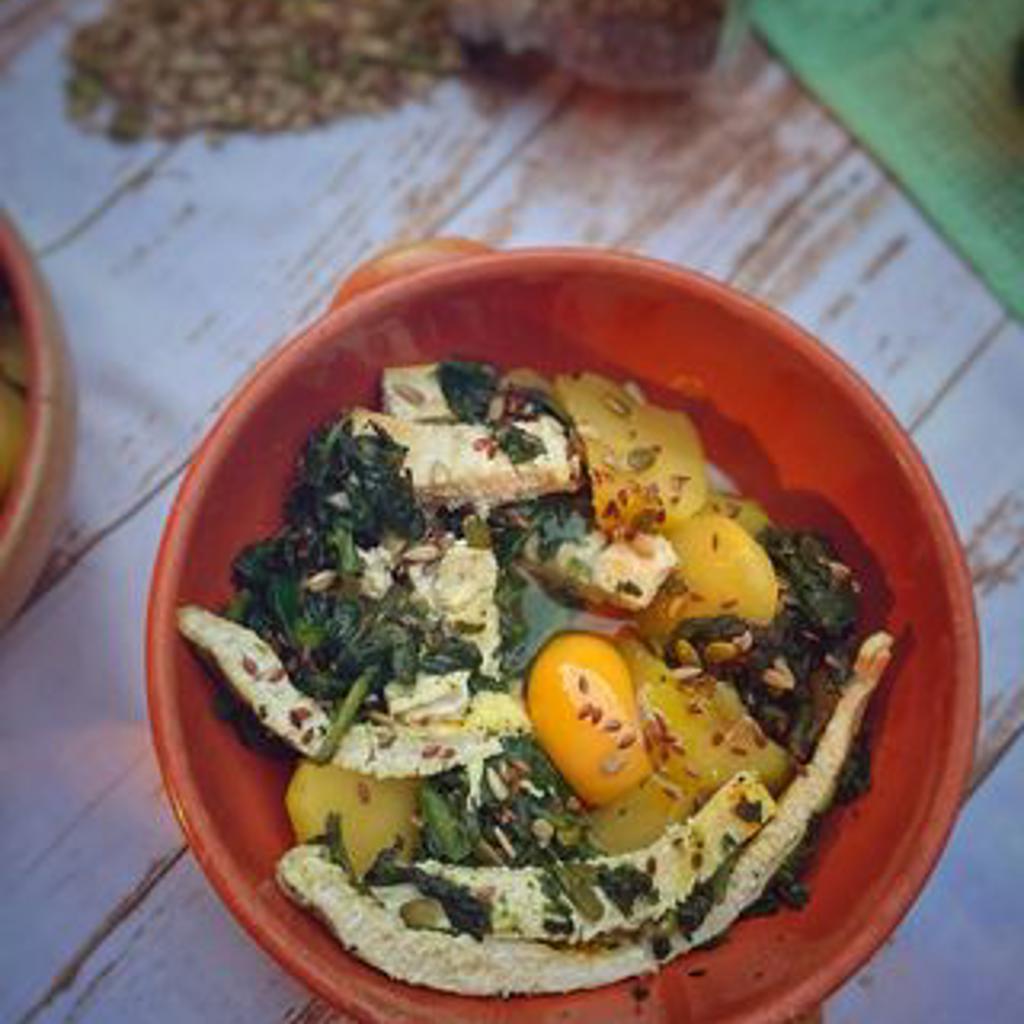
Cocotte with egg, potatoes, turkey, and greens
Viaggiando Mangiando
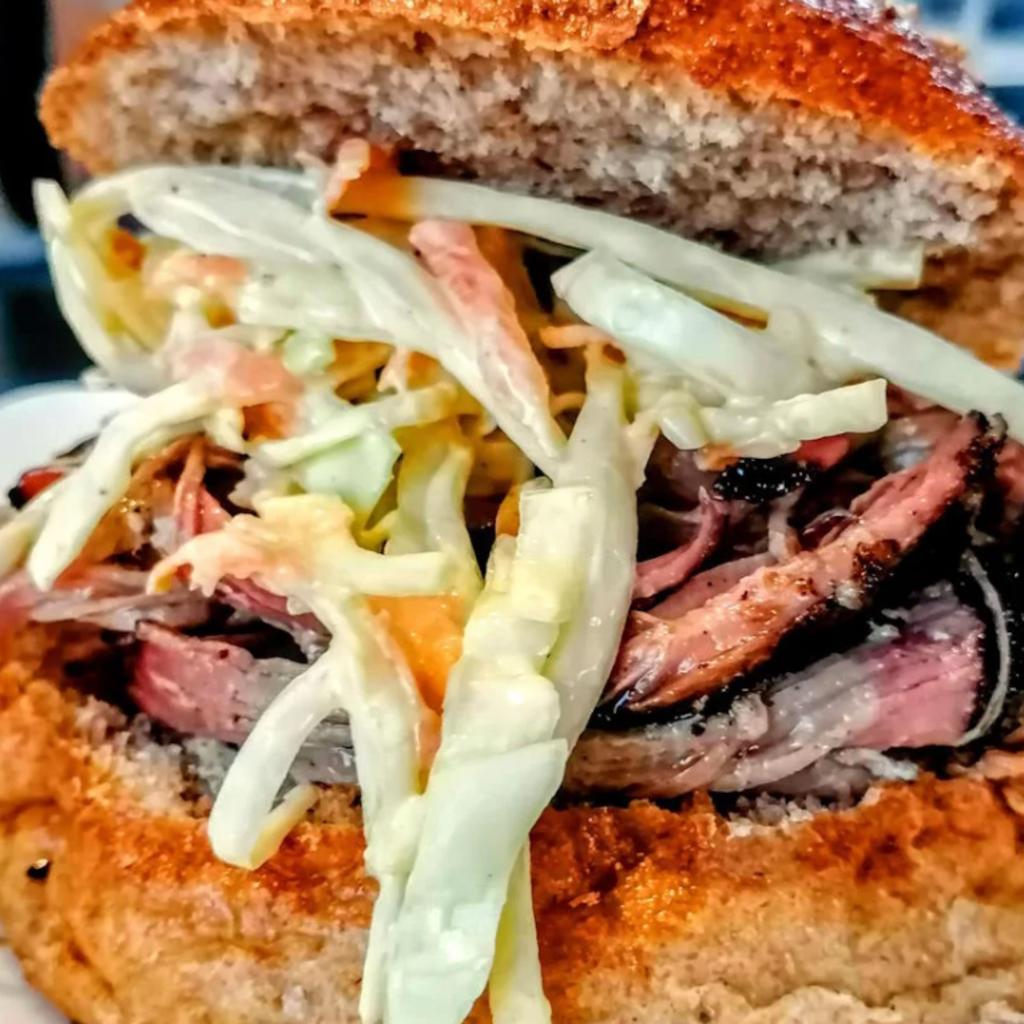
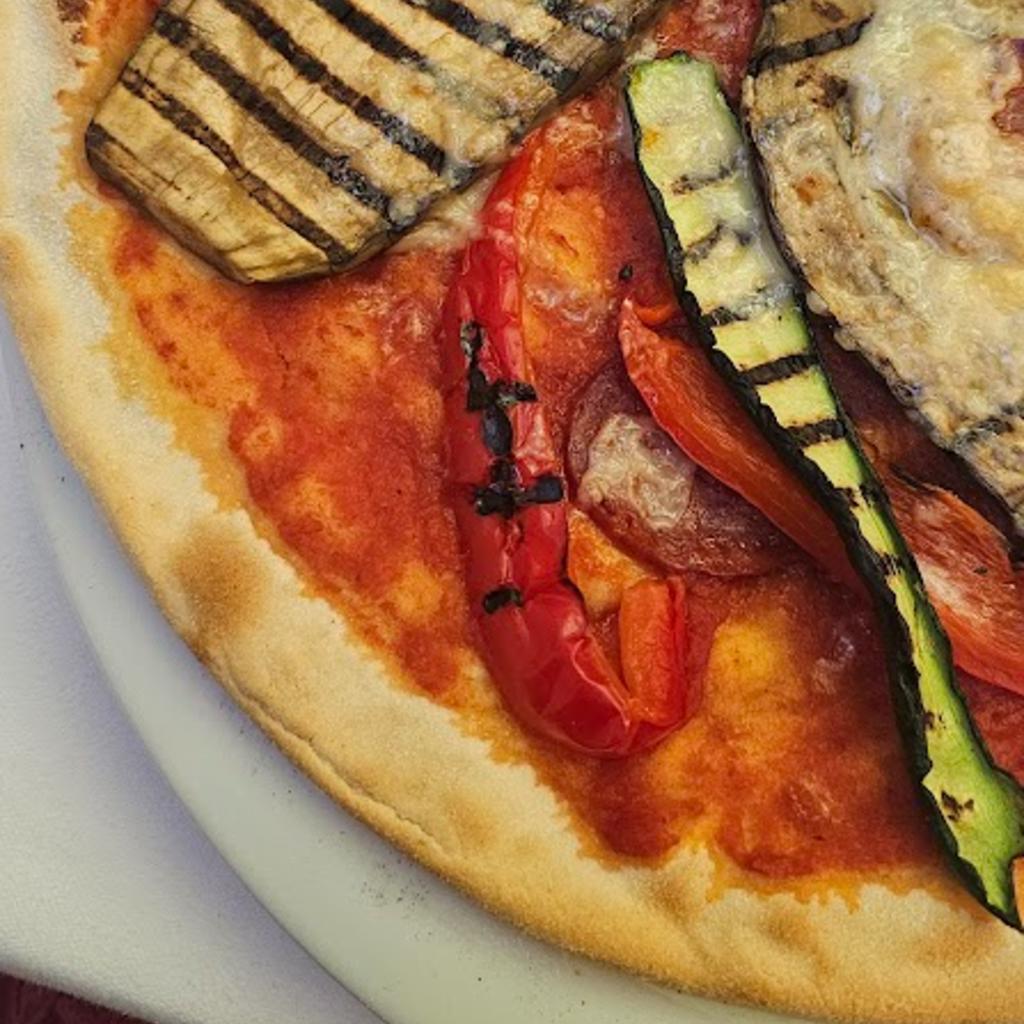
Gluten and Lactose-Free Pizza with High and Crispy Crust
Elena|CeliachiaStanca
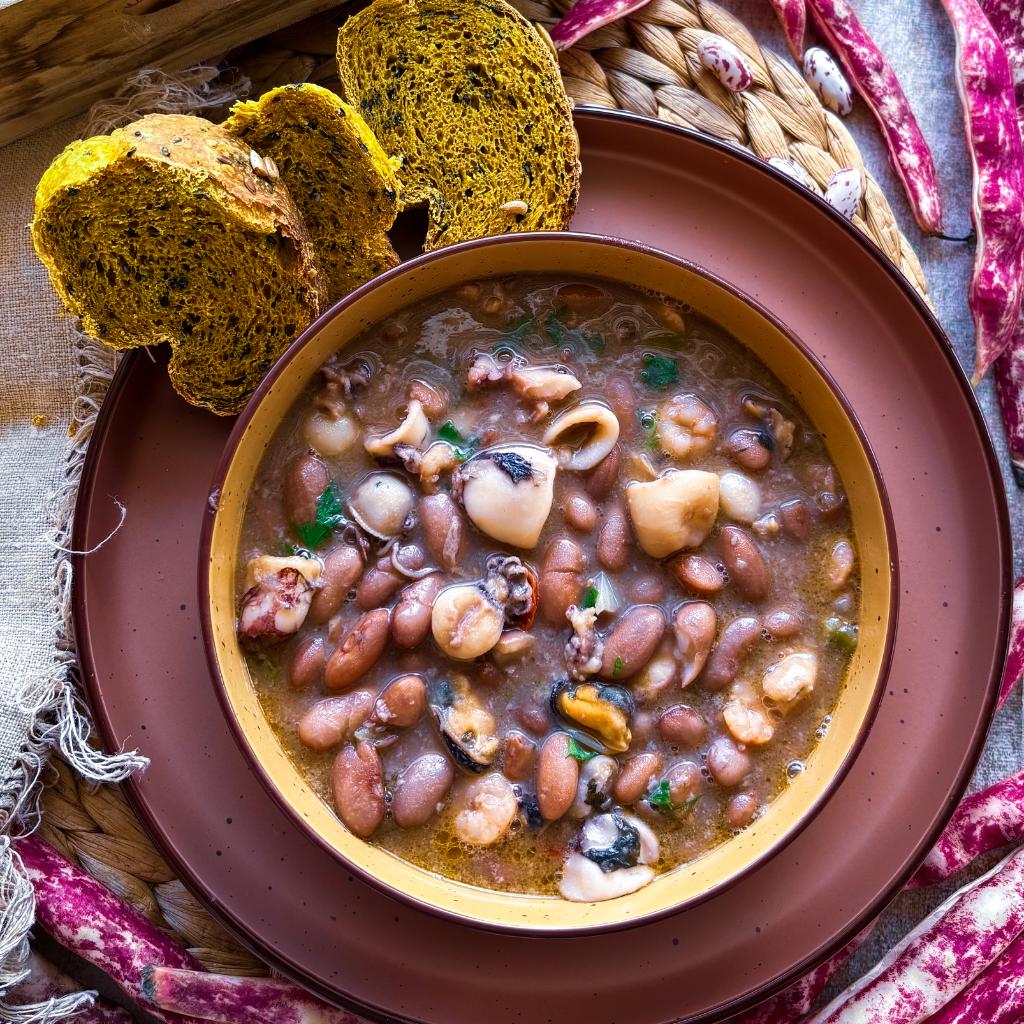
Impasta_con_rosy
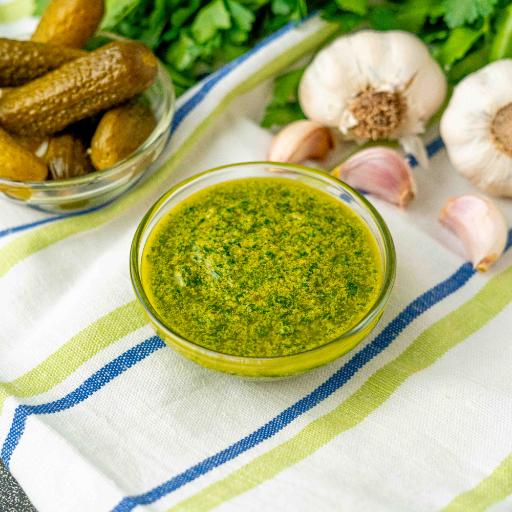
Manu food writer
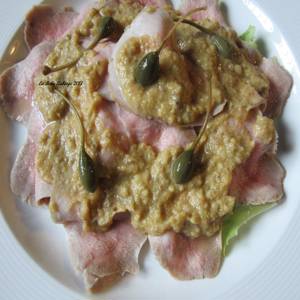
Tuduu
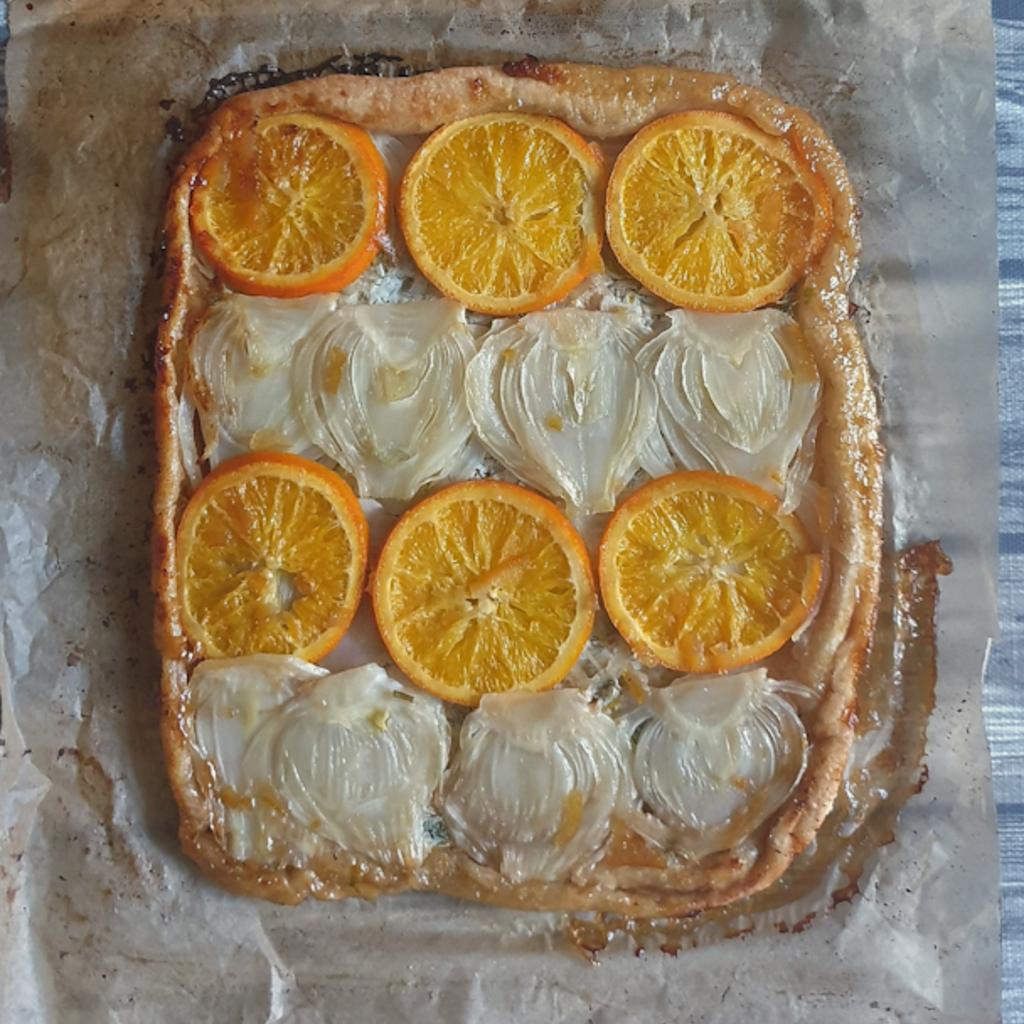
Tarte Tatin with Fennel and Oranges
di_bina_in_meglio
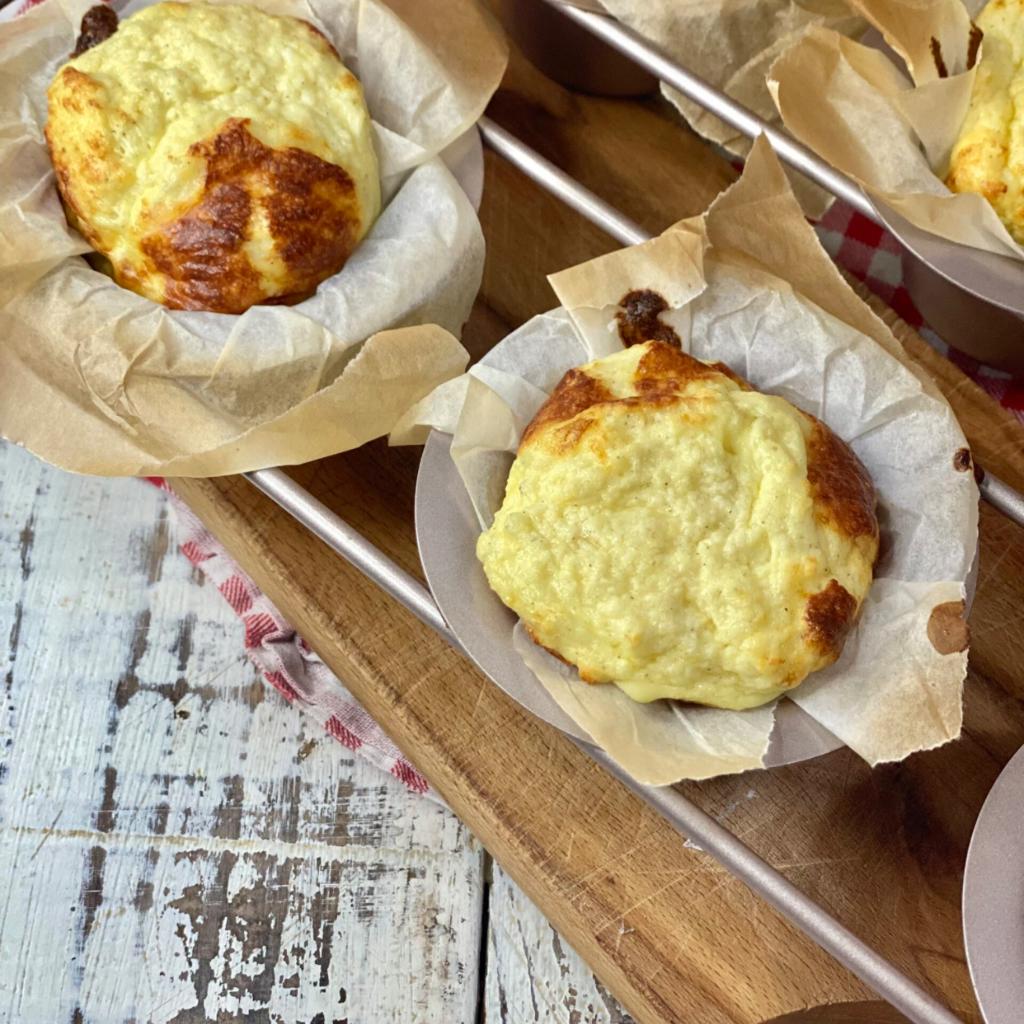
Savory Fluffy Cakes (Flourless)
Annamariachef2.0
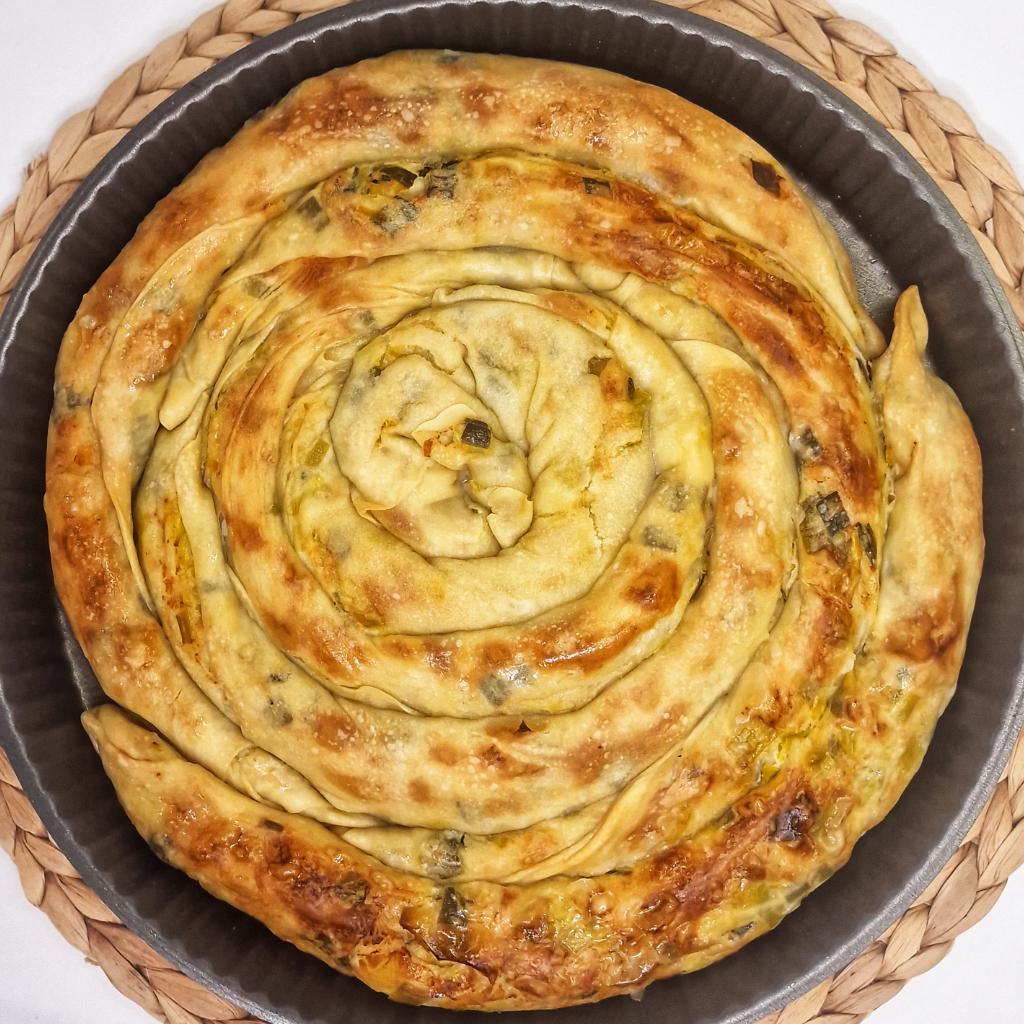
Byrek with leeks and lactose-free ricotta
Persaincucina
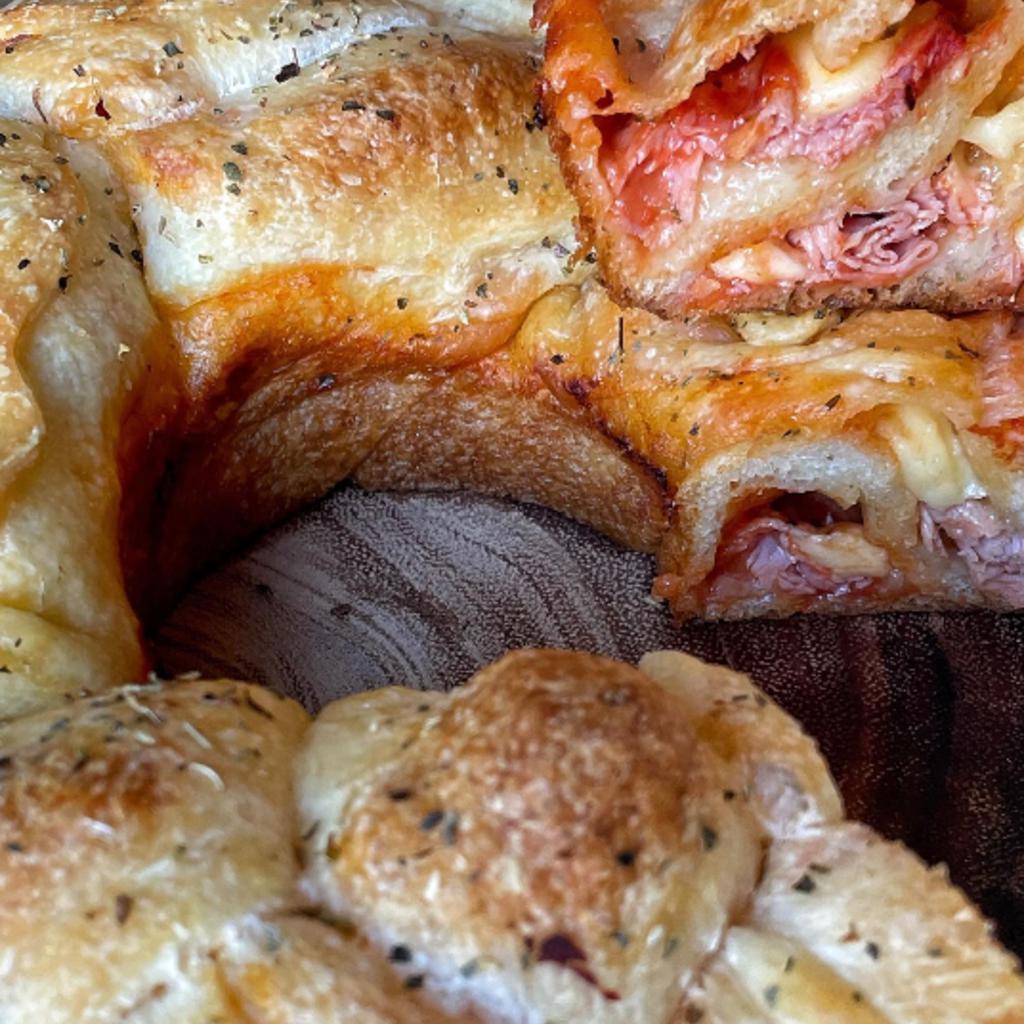
Le ricette di Tuduu
Spuntini.zerosbatti
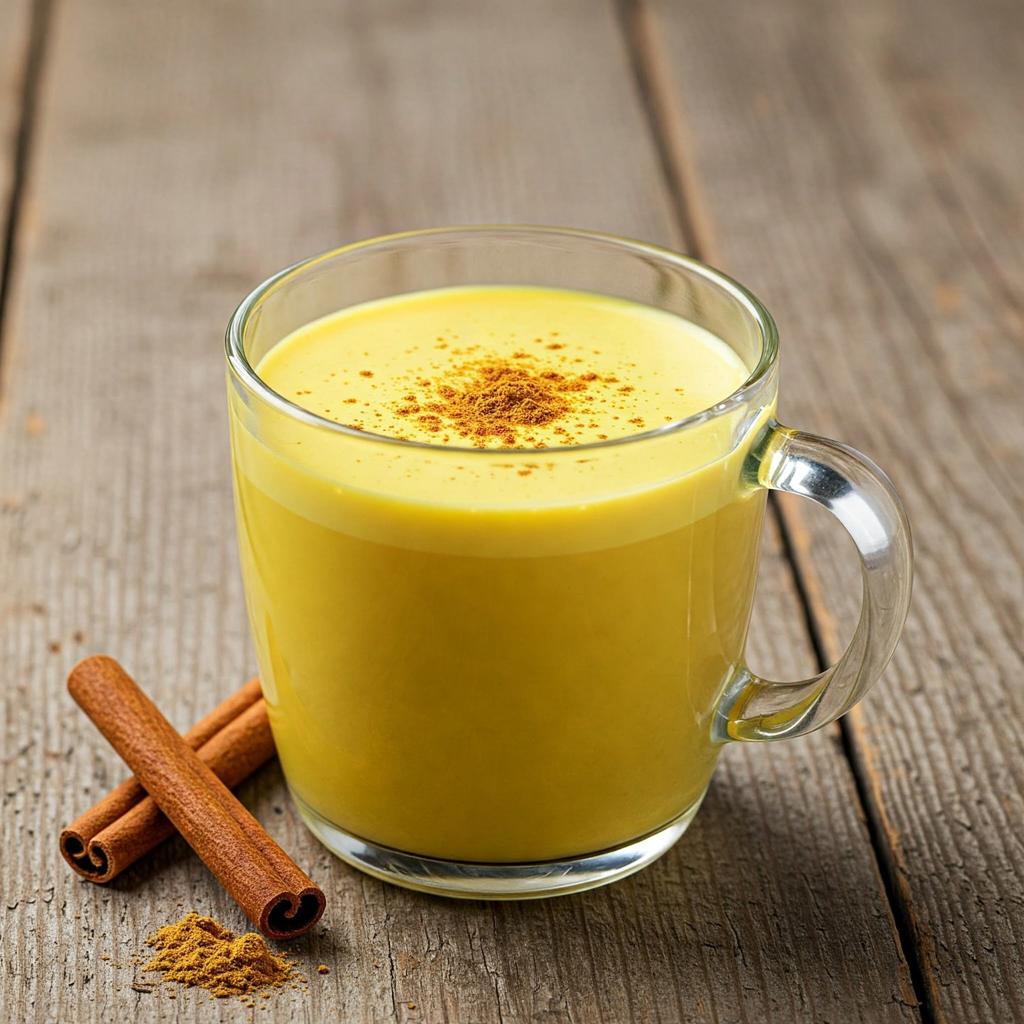

Golden milk with Hericium powder
IoBoscoVivo Srl

Viaggiando Mangiando
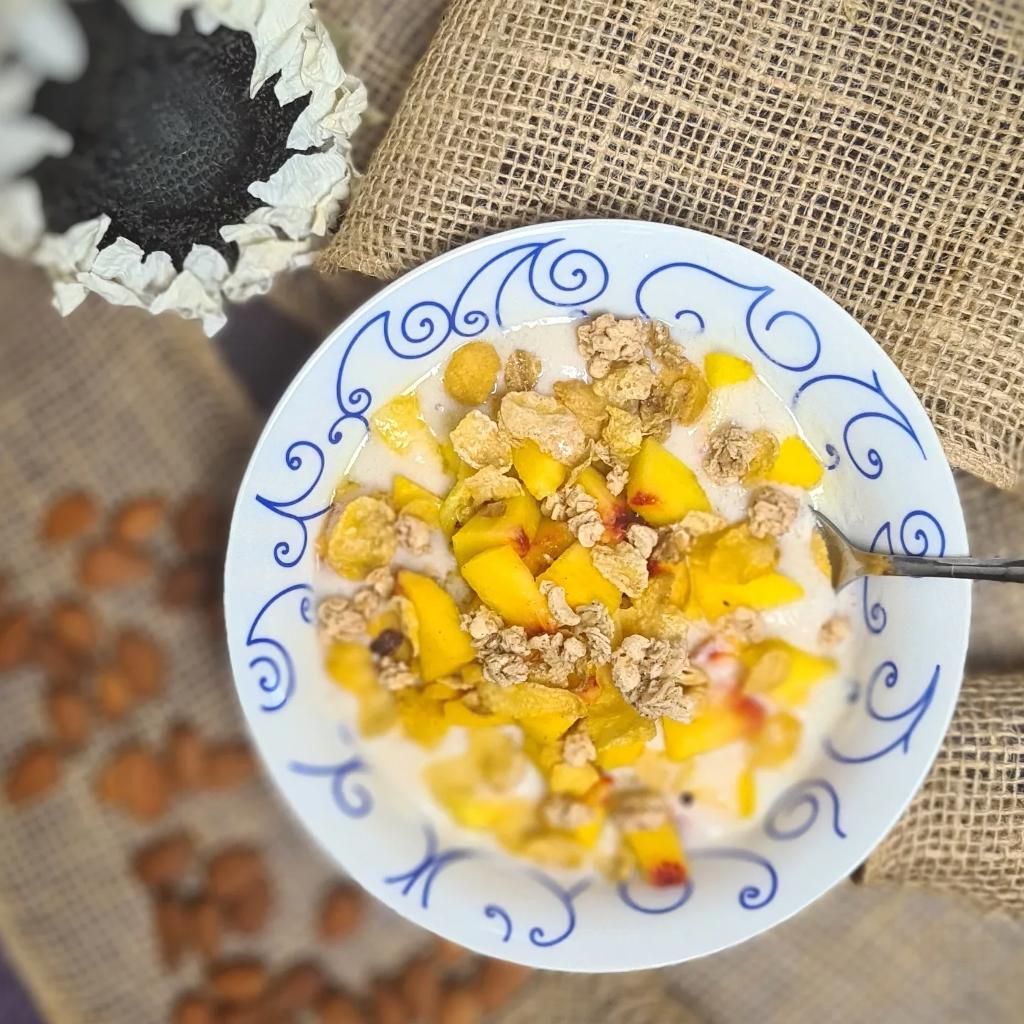
Cucinare_per_te

Cortomaldestro
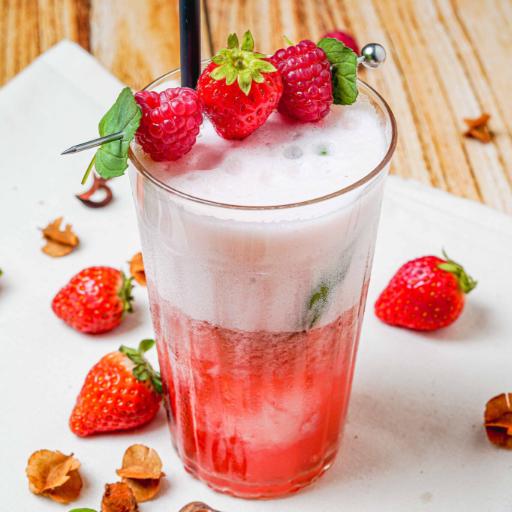
Non-alcoholic Red Berry Cocktail
Manu food writer
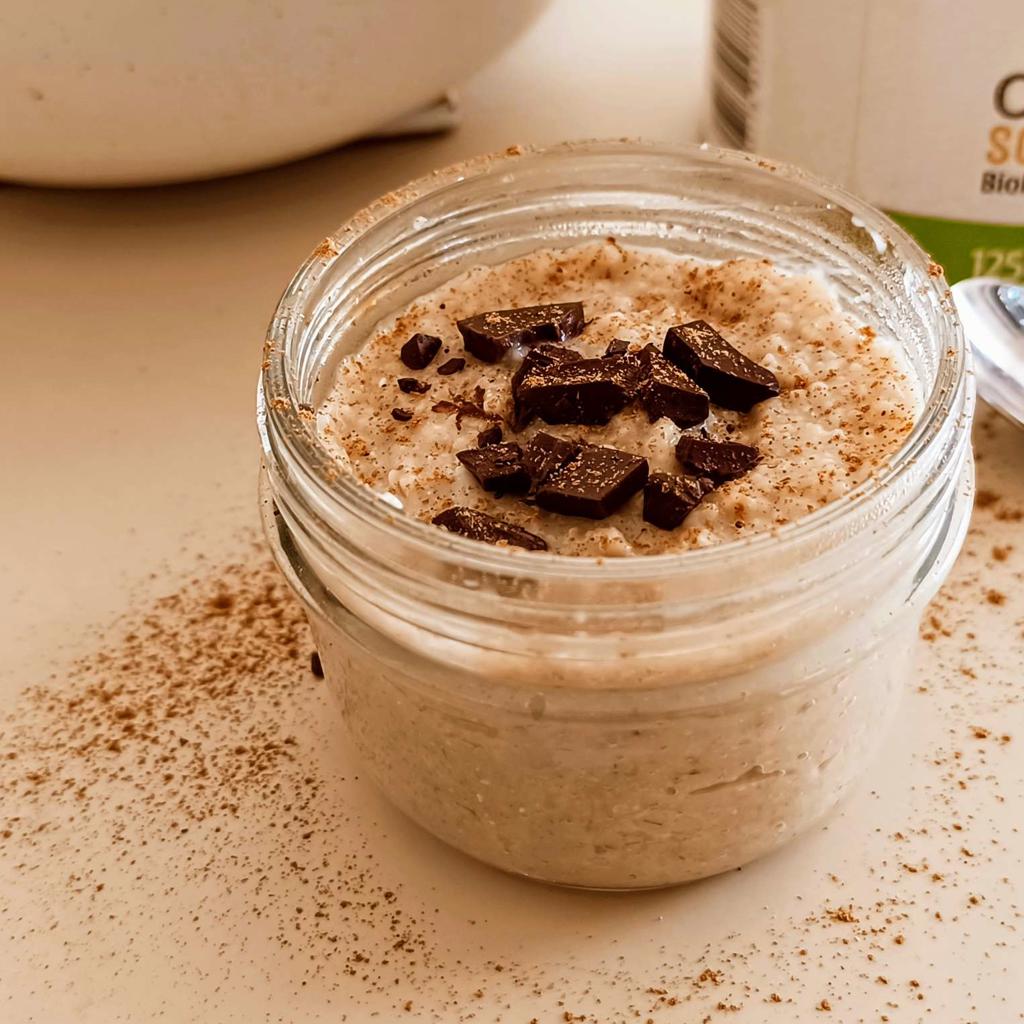
Vegan Moka Flavor No Soak Porridge
Mariapia - Food Blogger - Economista Salutista
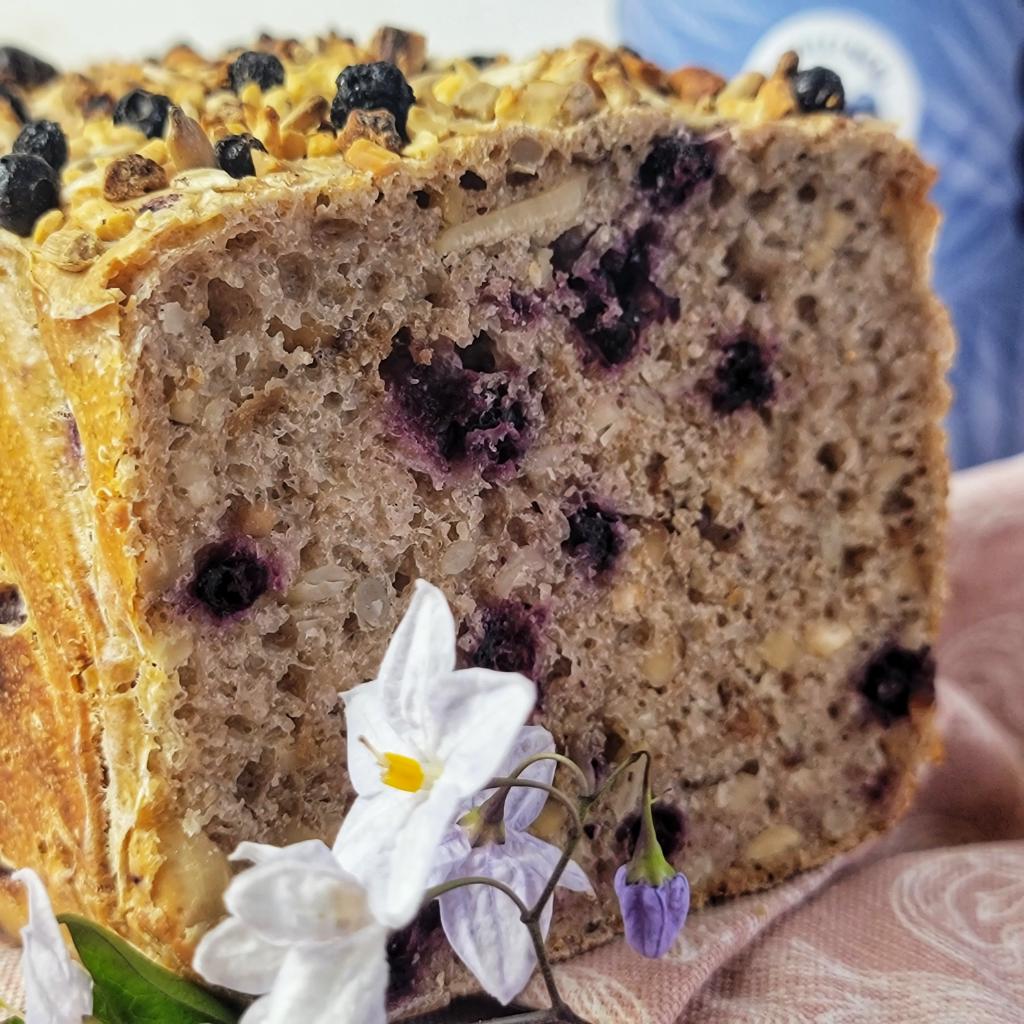
Homemade bread with paleo blueberry muesli
Cucinare_per_te
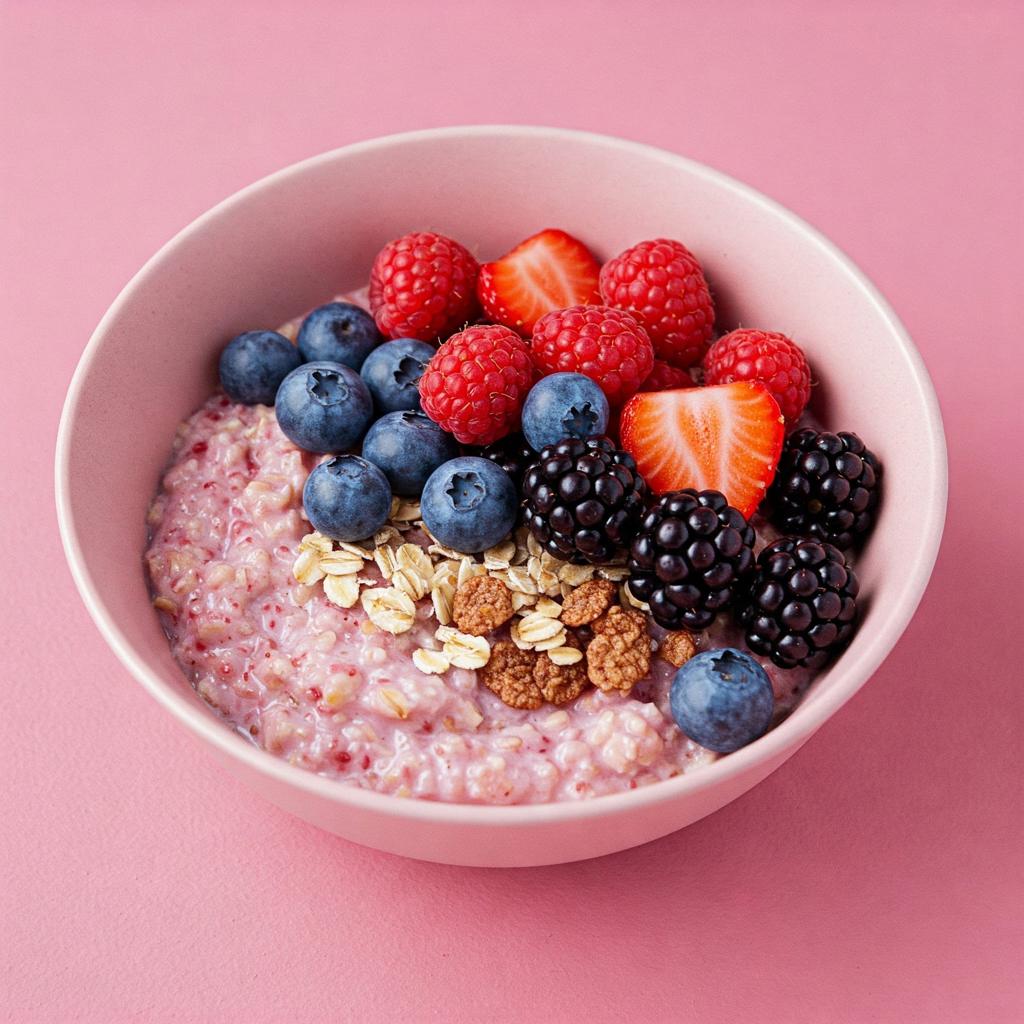

Gluten-Free Raspberry Muesli Overnight Oats
IoBoscoVivo Srl
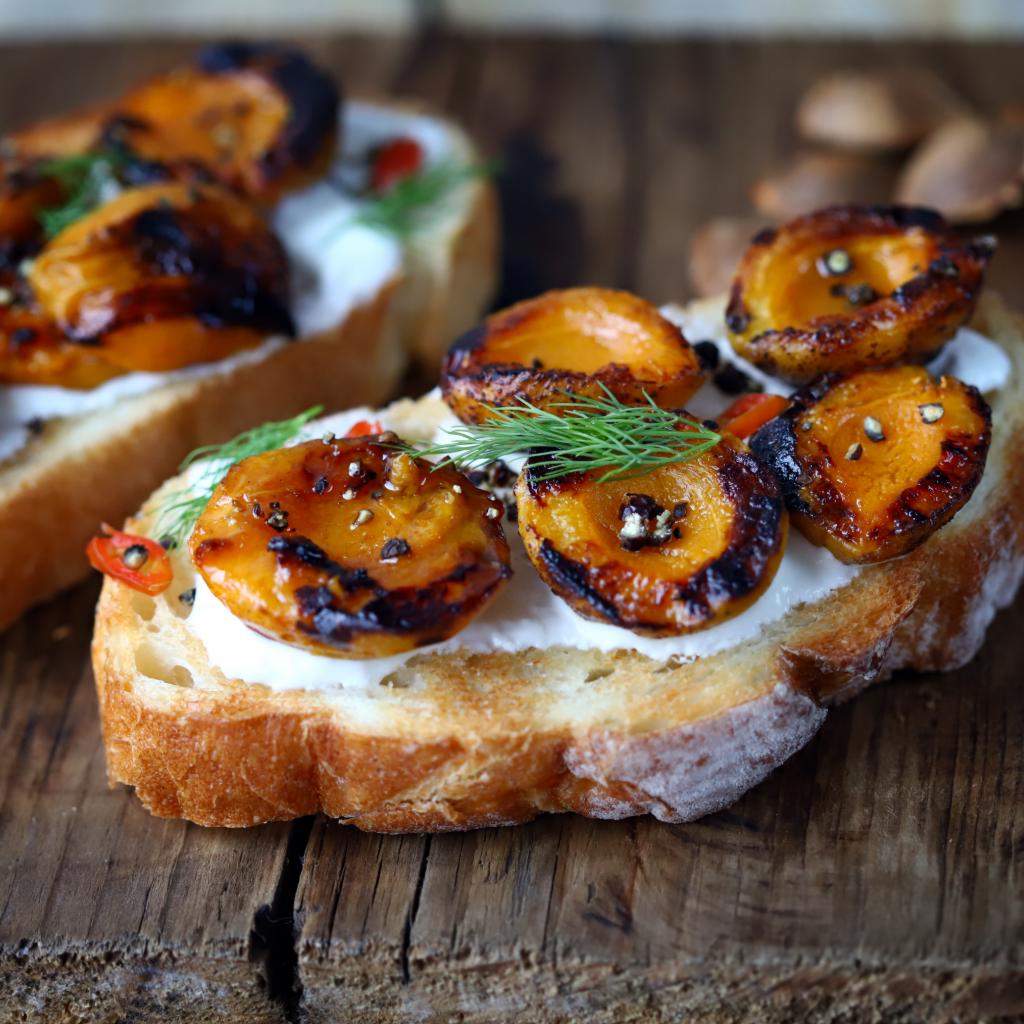

Bruschetta with goat tomino cream and grilled apricots
Vandelli Formaggi
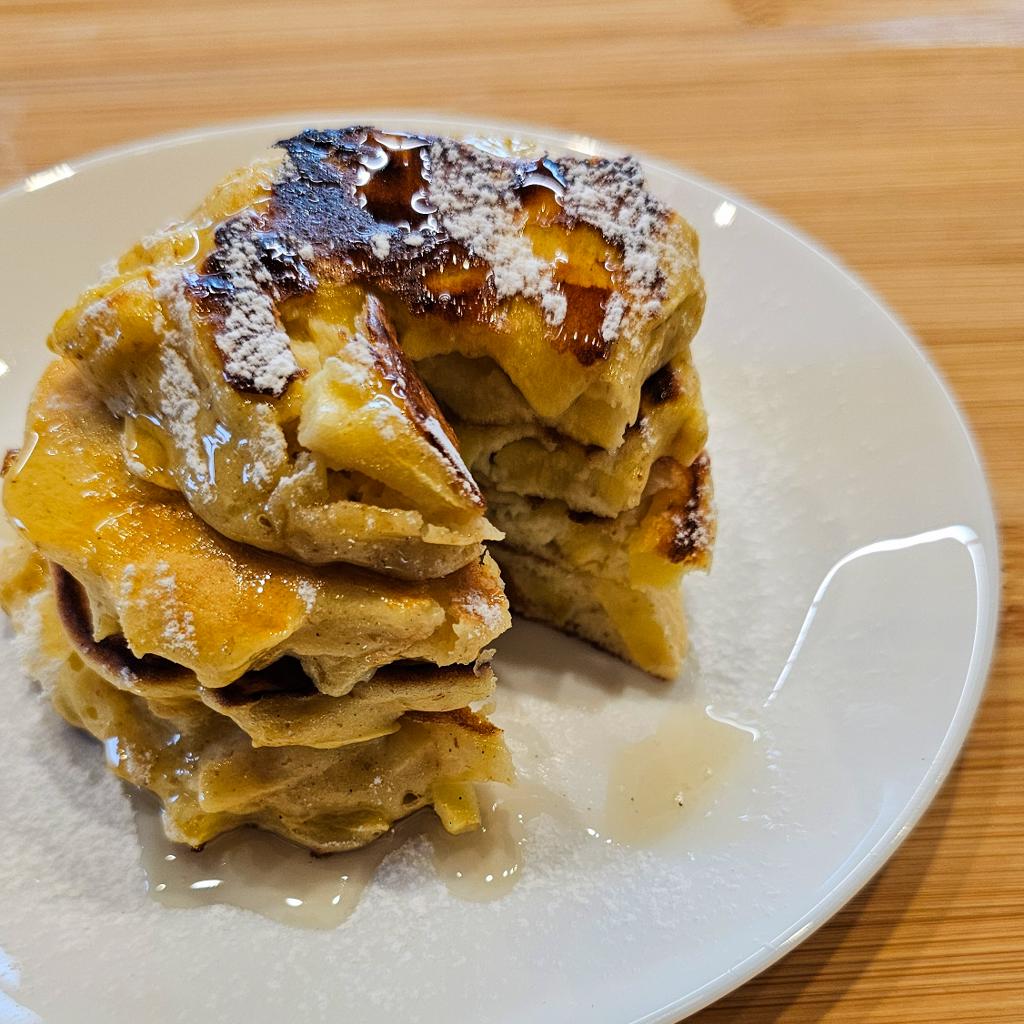
Gluten-free, dairy-free, and sugar-free apple pancakes
Elena|CeliachiaStanca
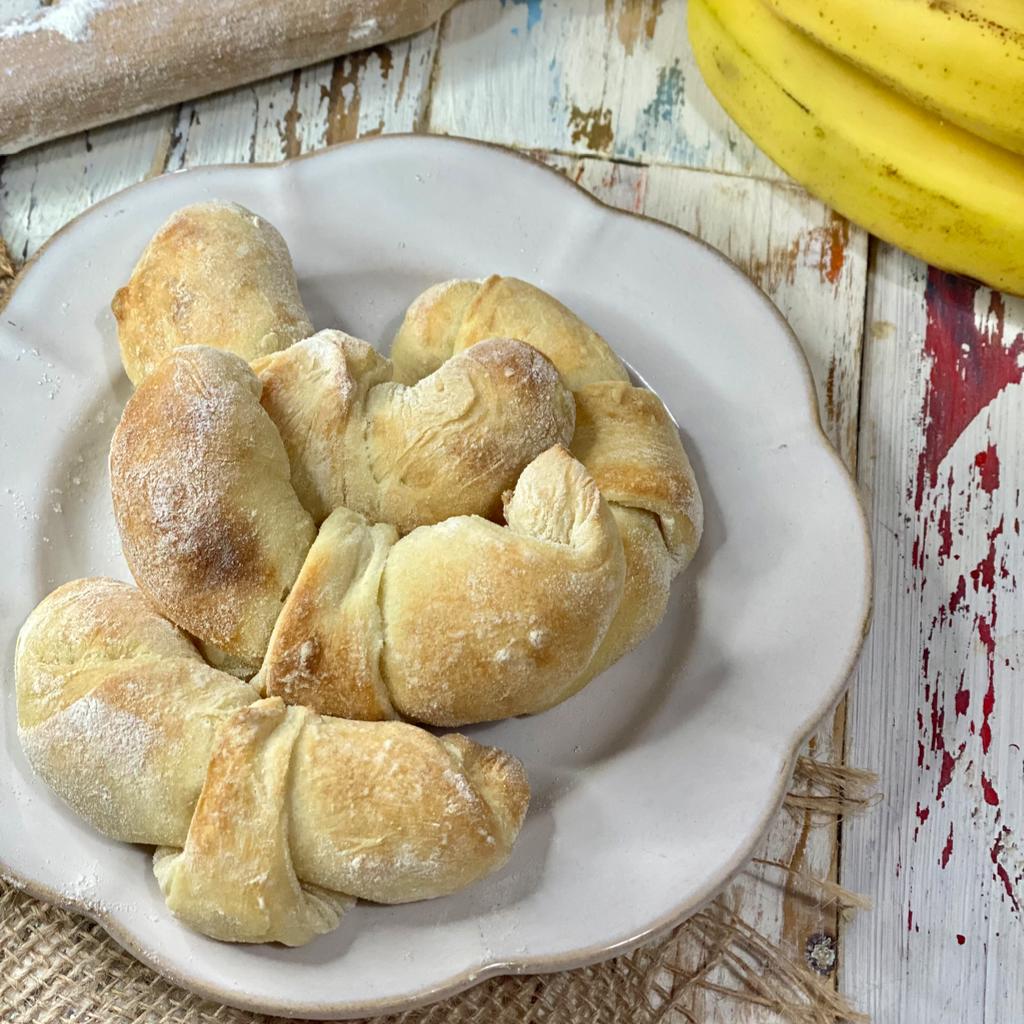
Annamariachef2.0

Le ricette di Tuduu
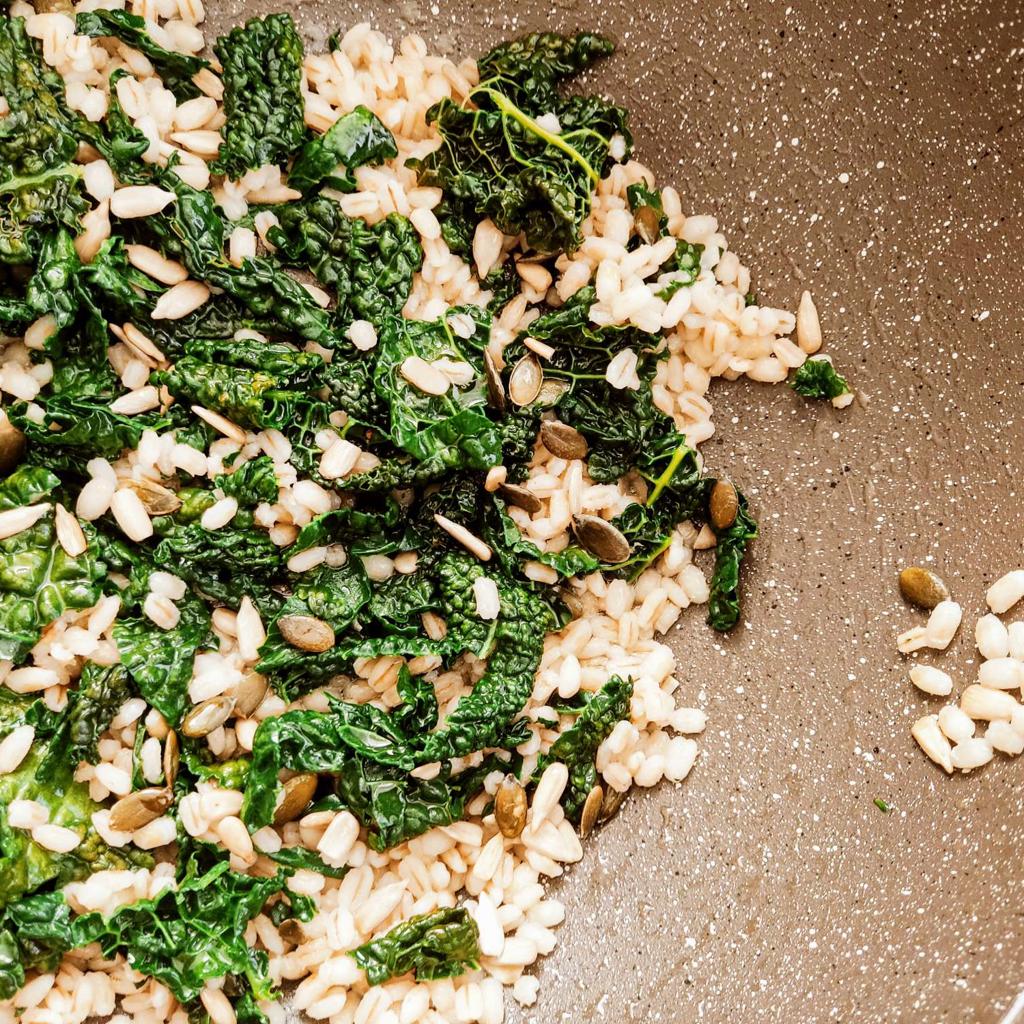
Pearled barley with black cabbage
Mariapia - Food Blogger - Economista Salutista

Red Lentil Soup with Coconut Milk
MescolaBene
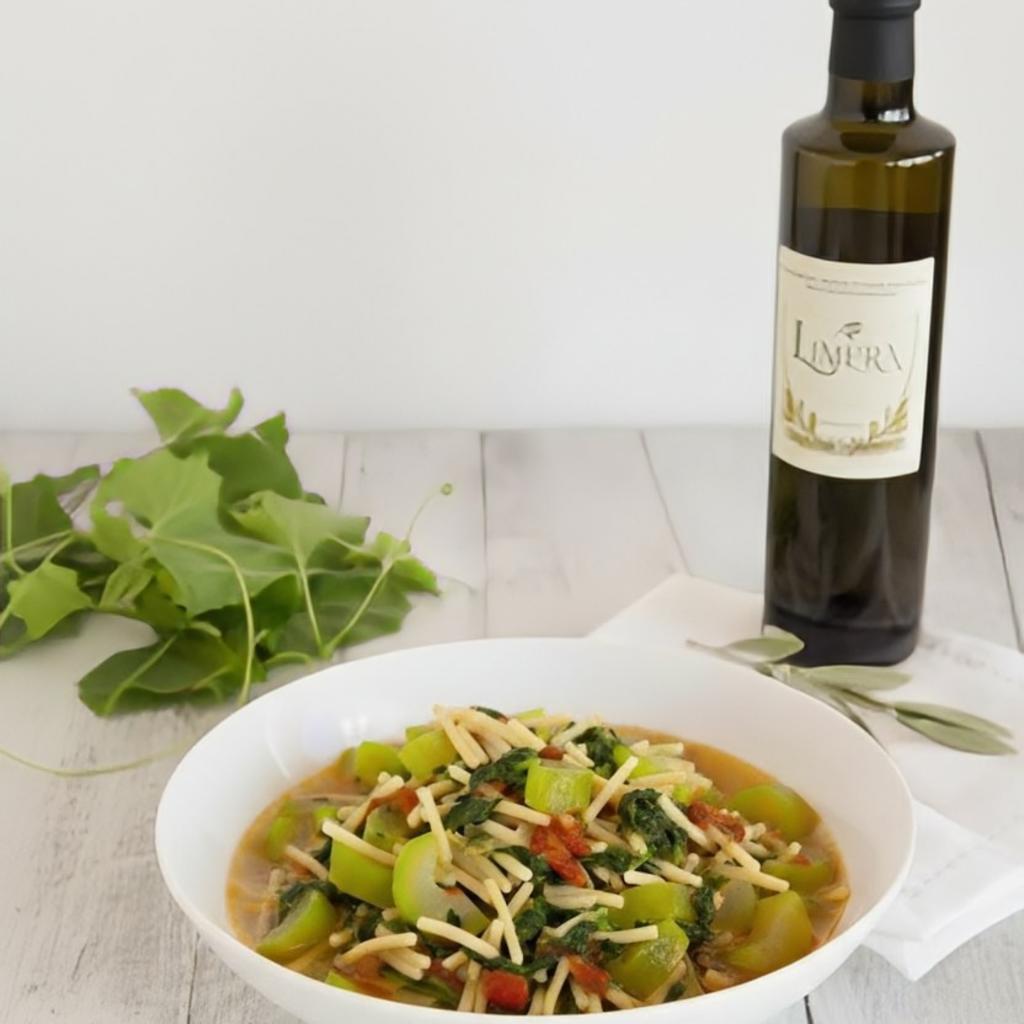
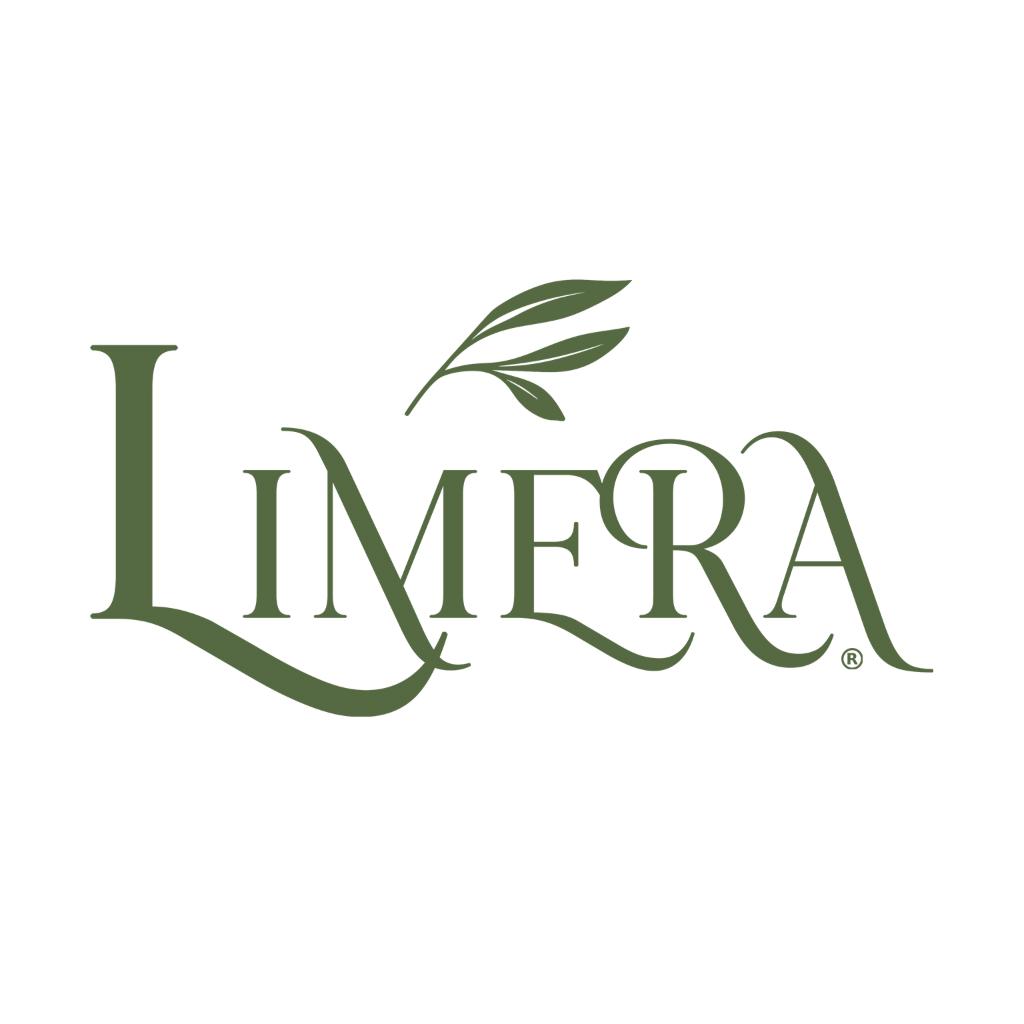
Pasta with Sicilian Tenerumi and EVO Oil
Olio Limera
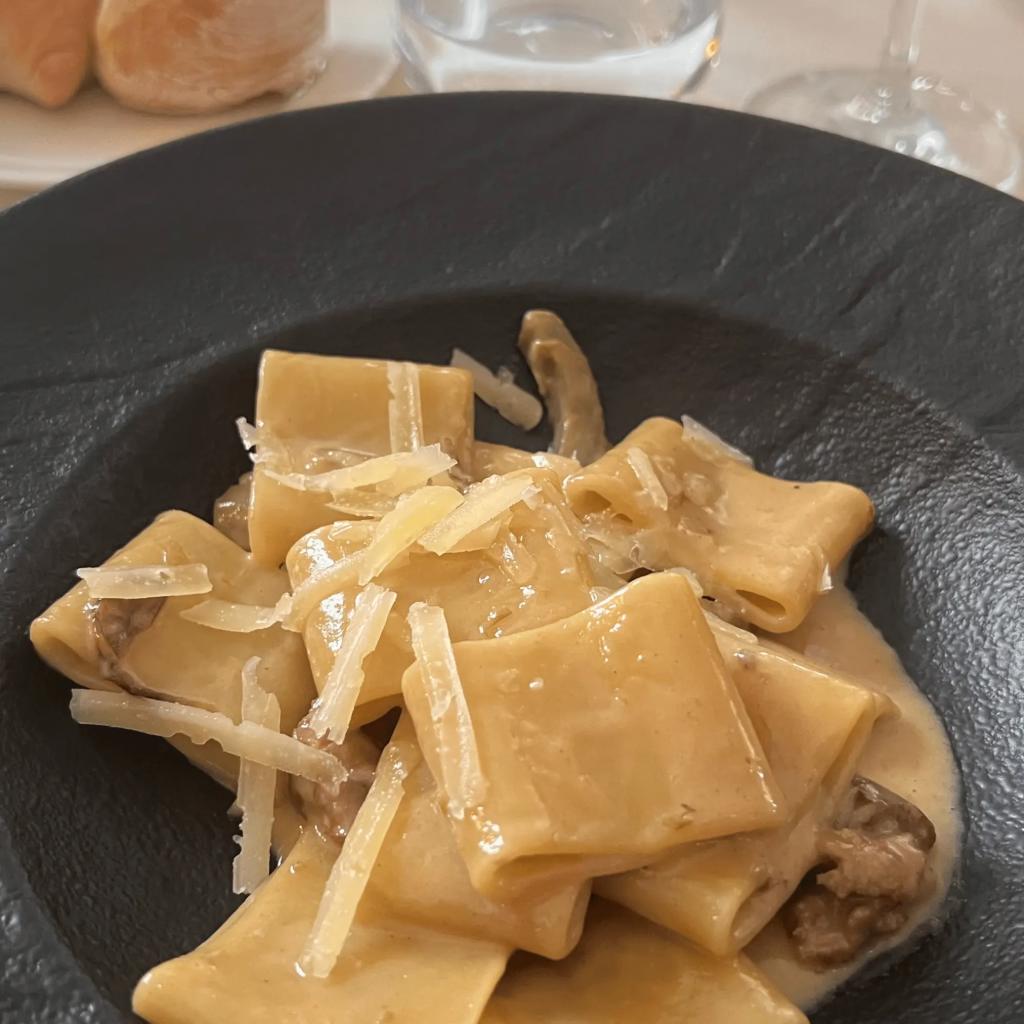
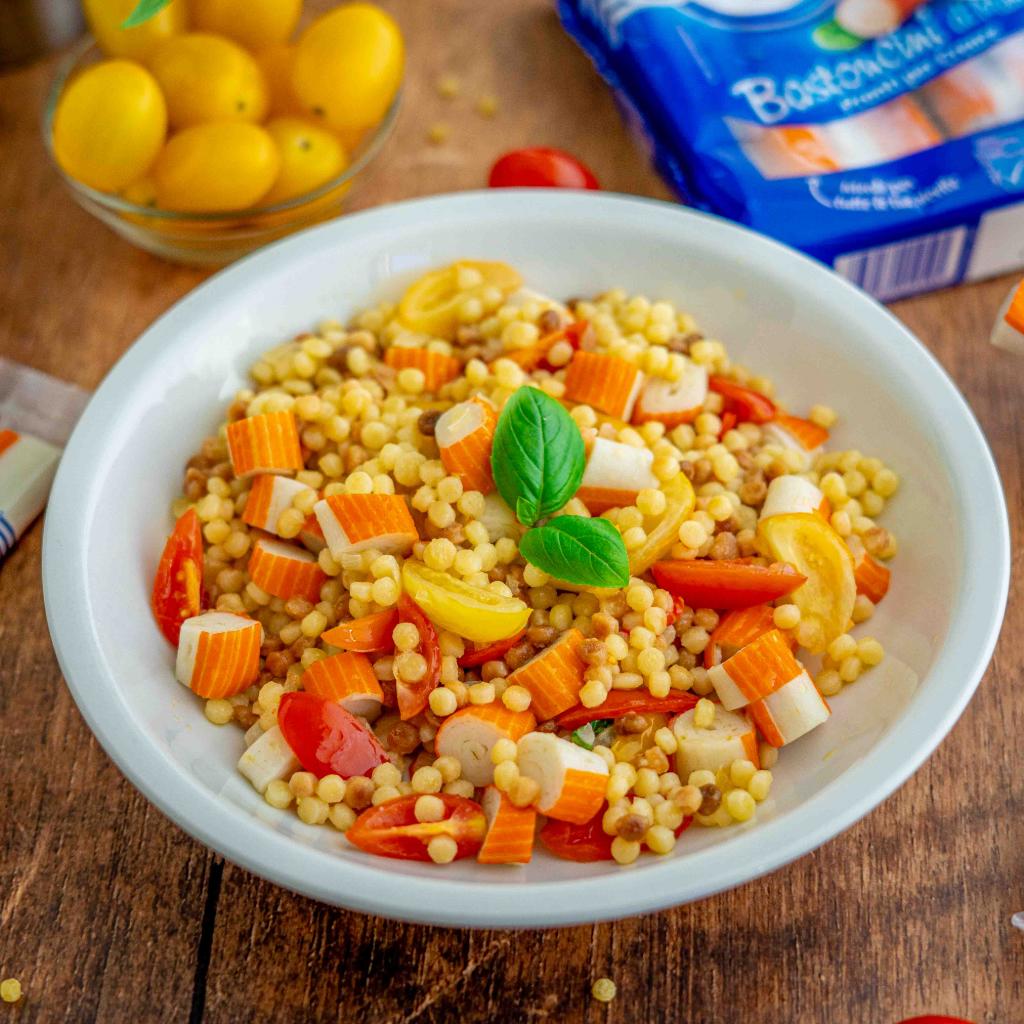
Fregola with sea sticks and datterini
Manu food writer
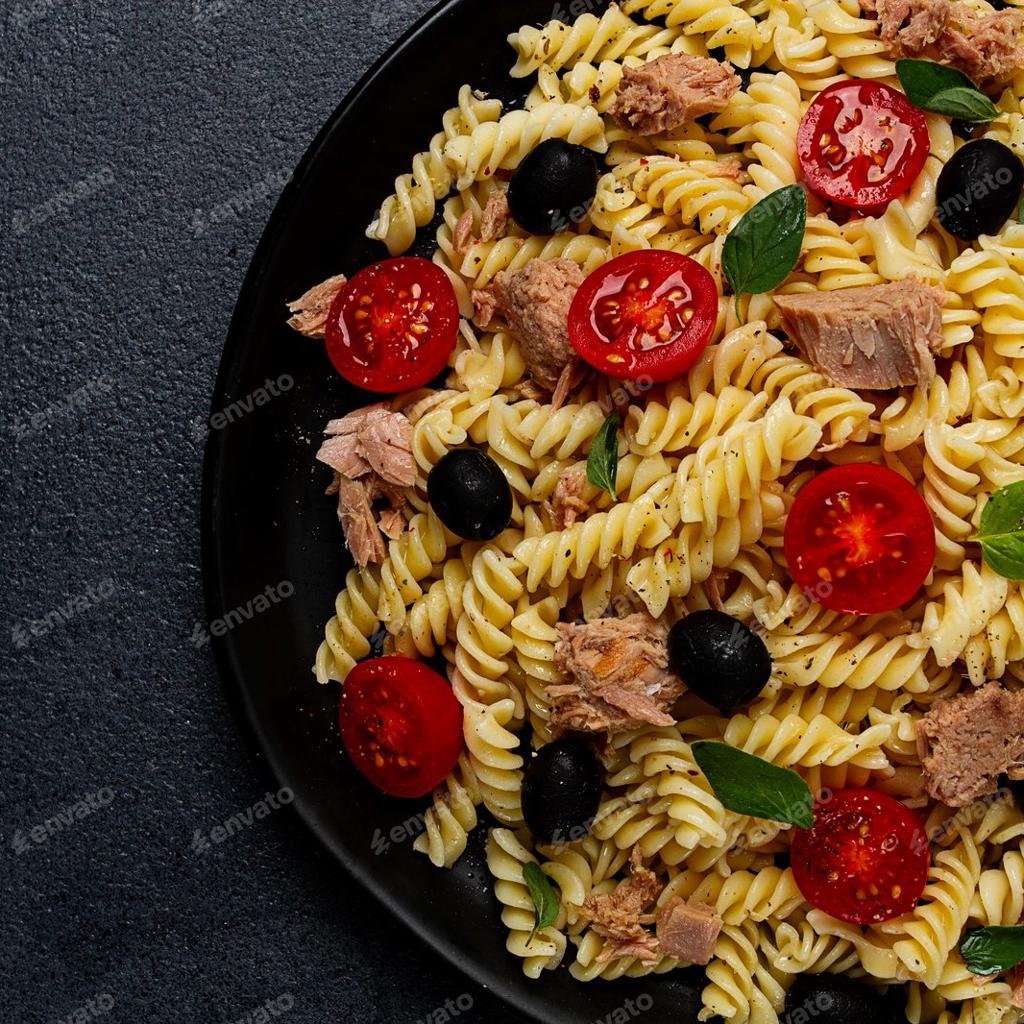

Cold Pasta with Tuna, Olives and Cherry Tomatoes
Gourmet Exports
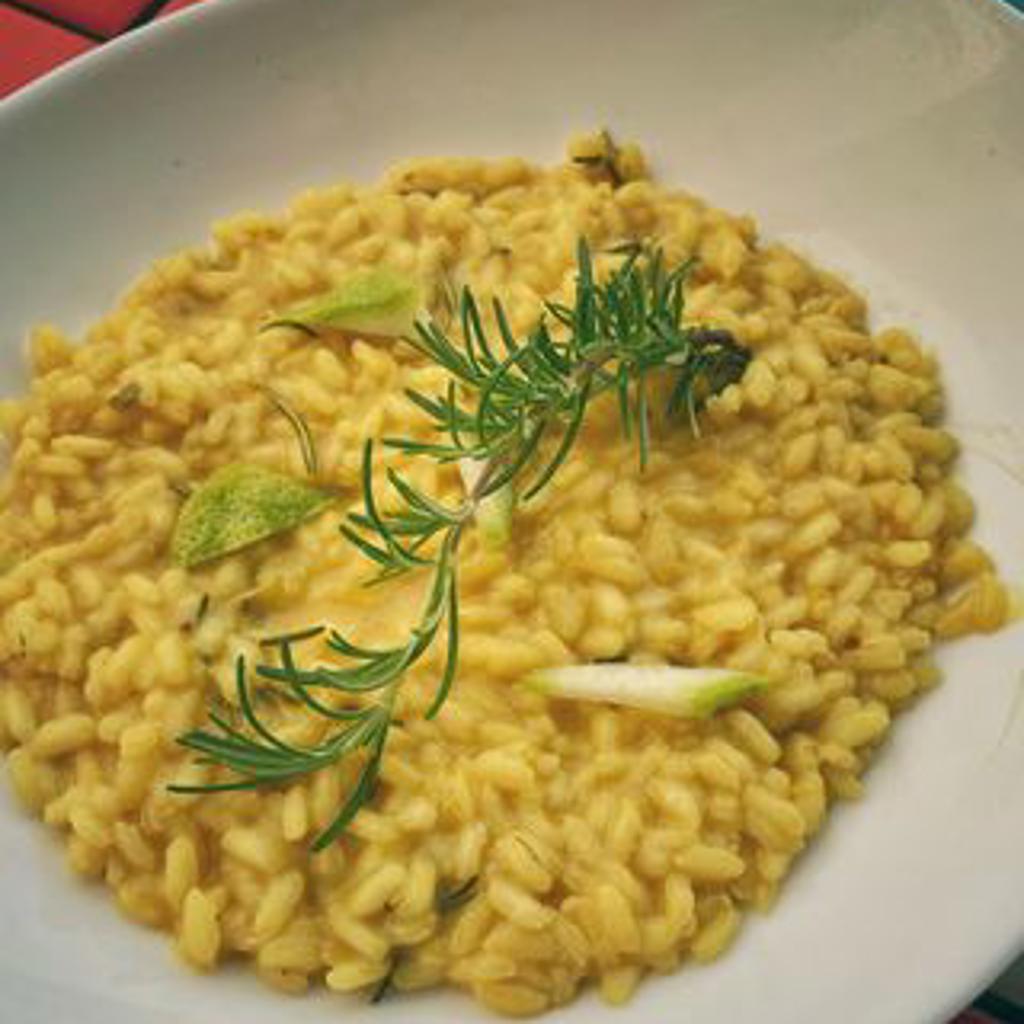
Viaggiando Mangiando
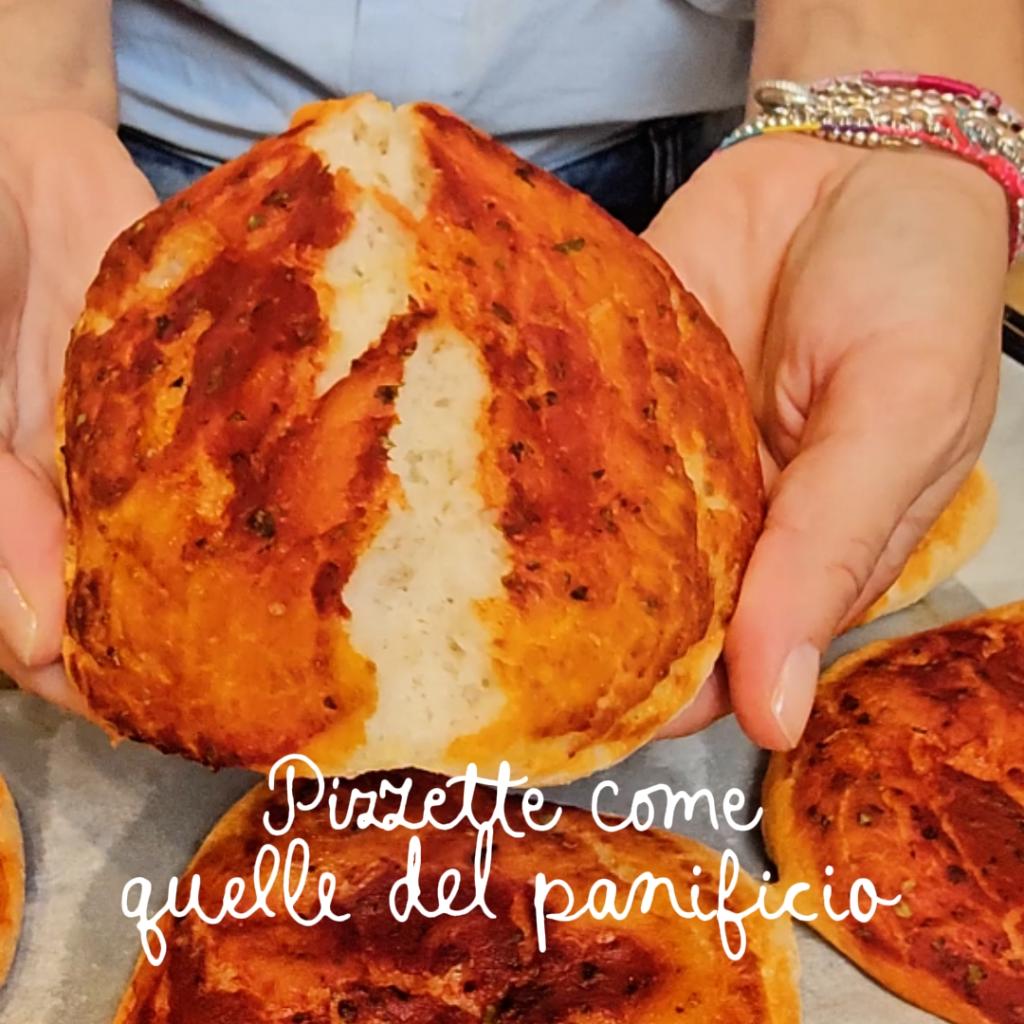
Elena|CeliachiaStanca
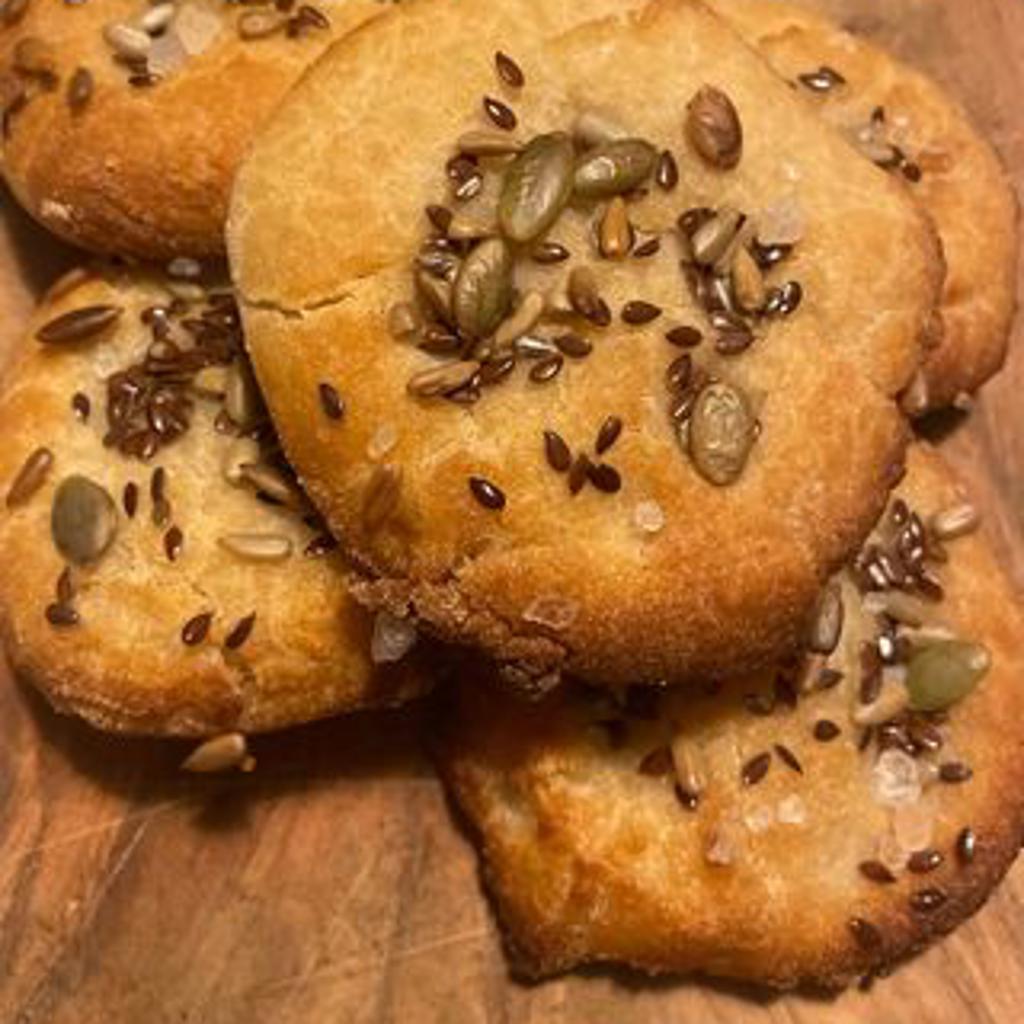
Viaggiando Mangiando
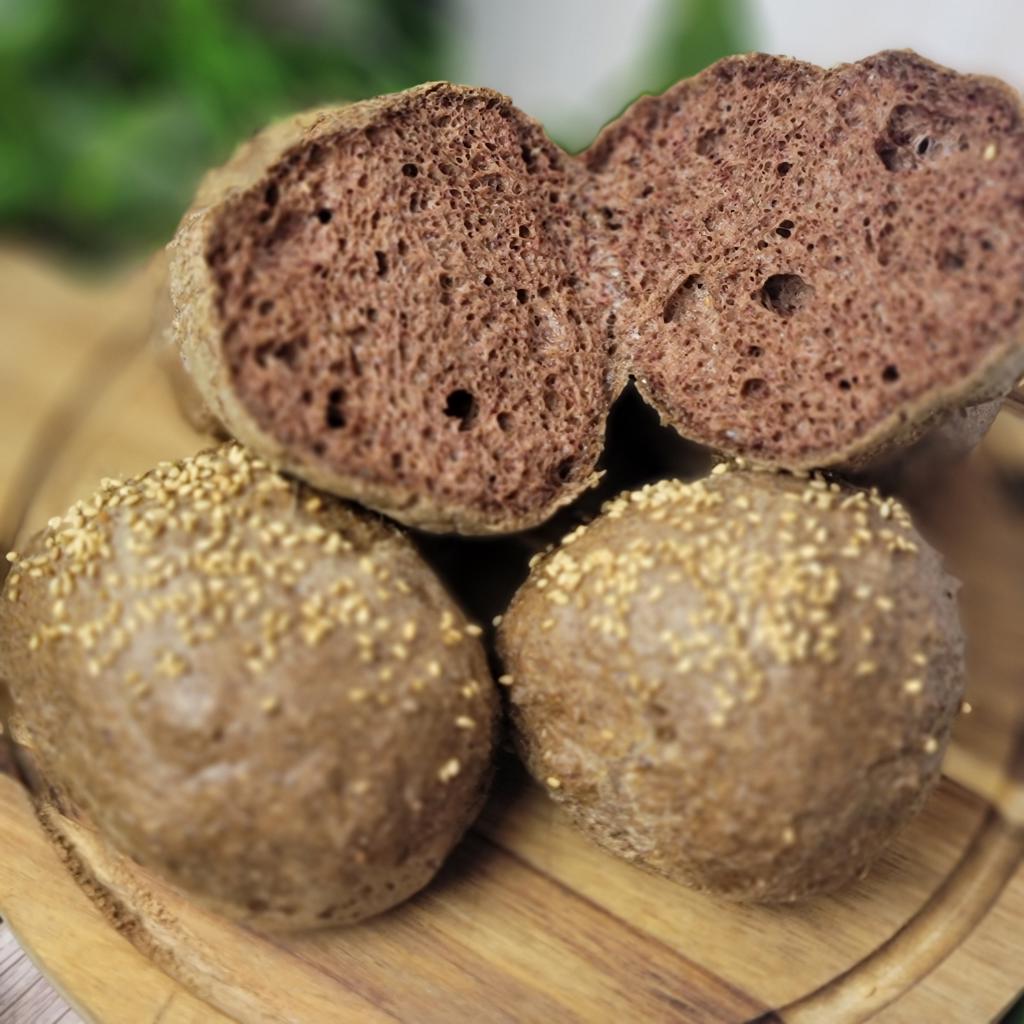
Cucinare_per_te
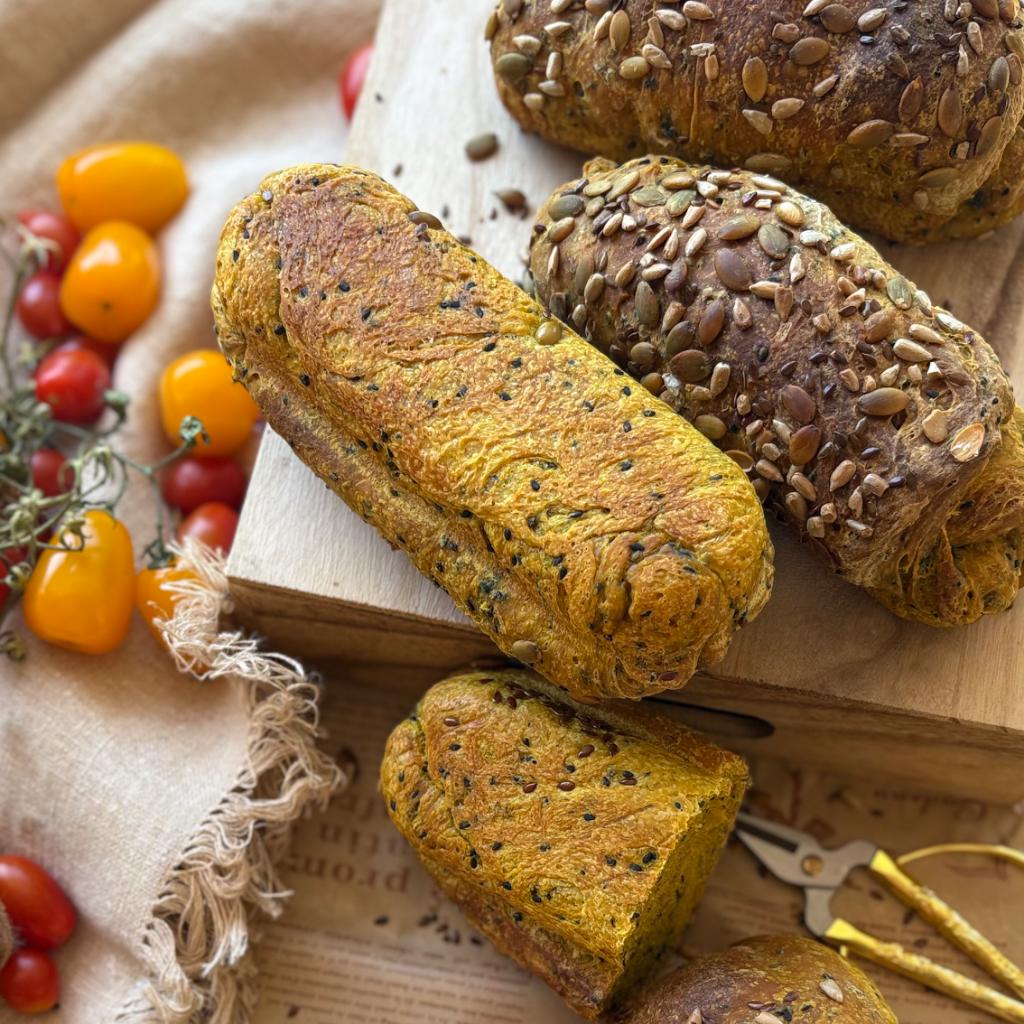
Pumpkin Buns with Black Sesame Seeds
Impasta_con_rosy
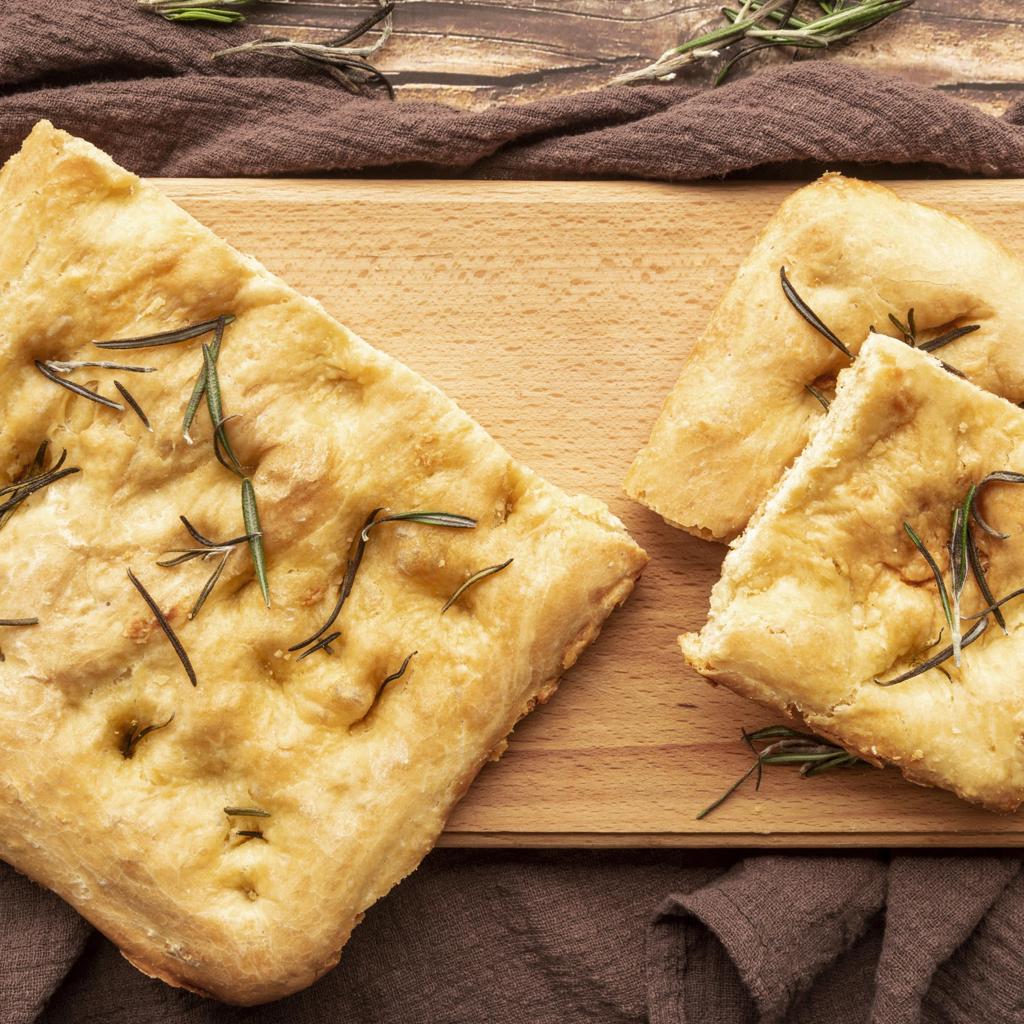

Gluten-free focaccia with chufa flour
IoBoscoVivo Srl
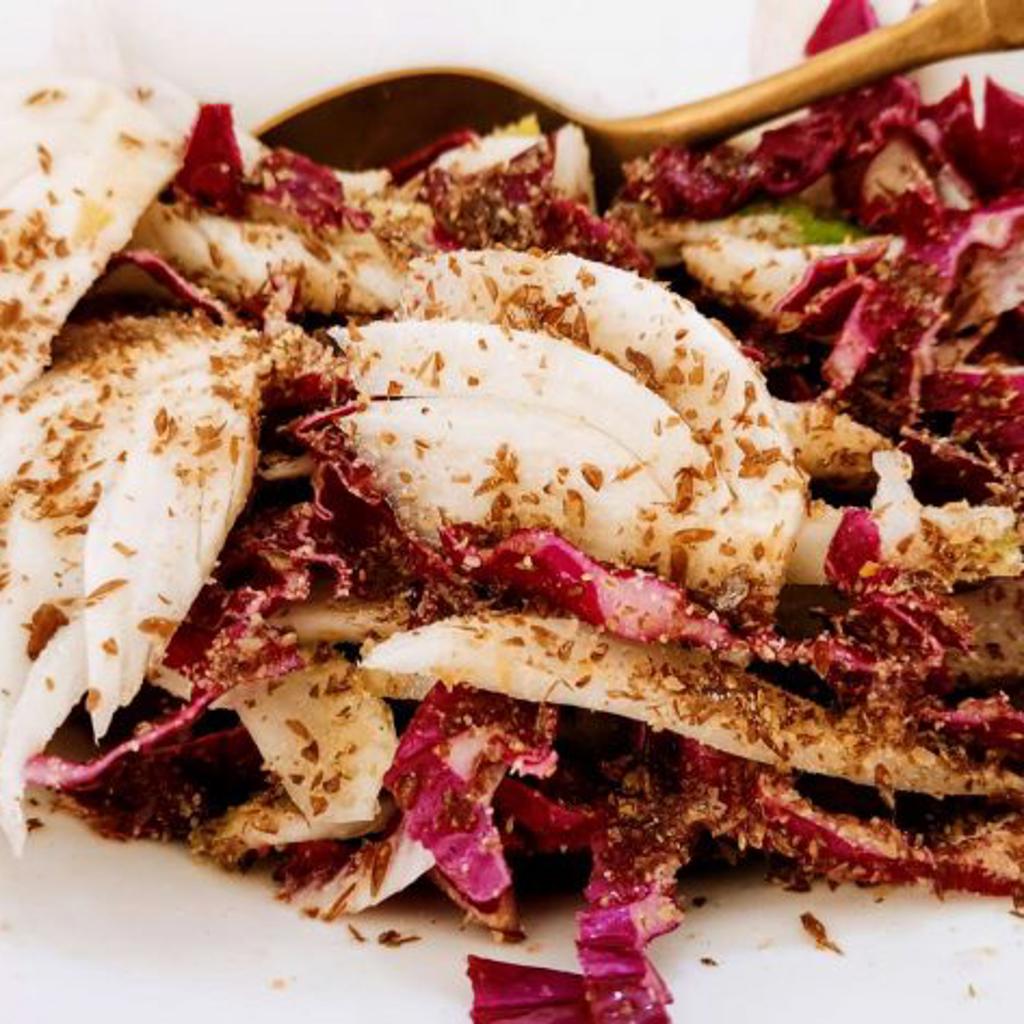
Fennel and Purple Cabbage Salad with Ground Flaxseeds
Mariapia - Food Blogger - Economista Salutista
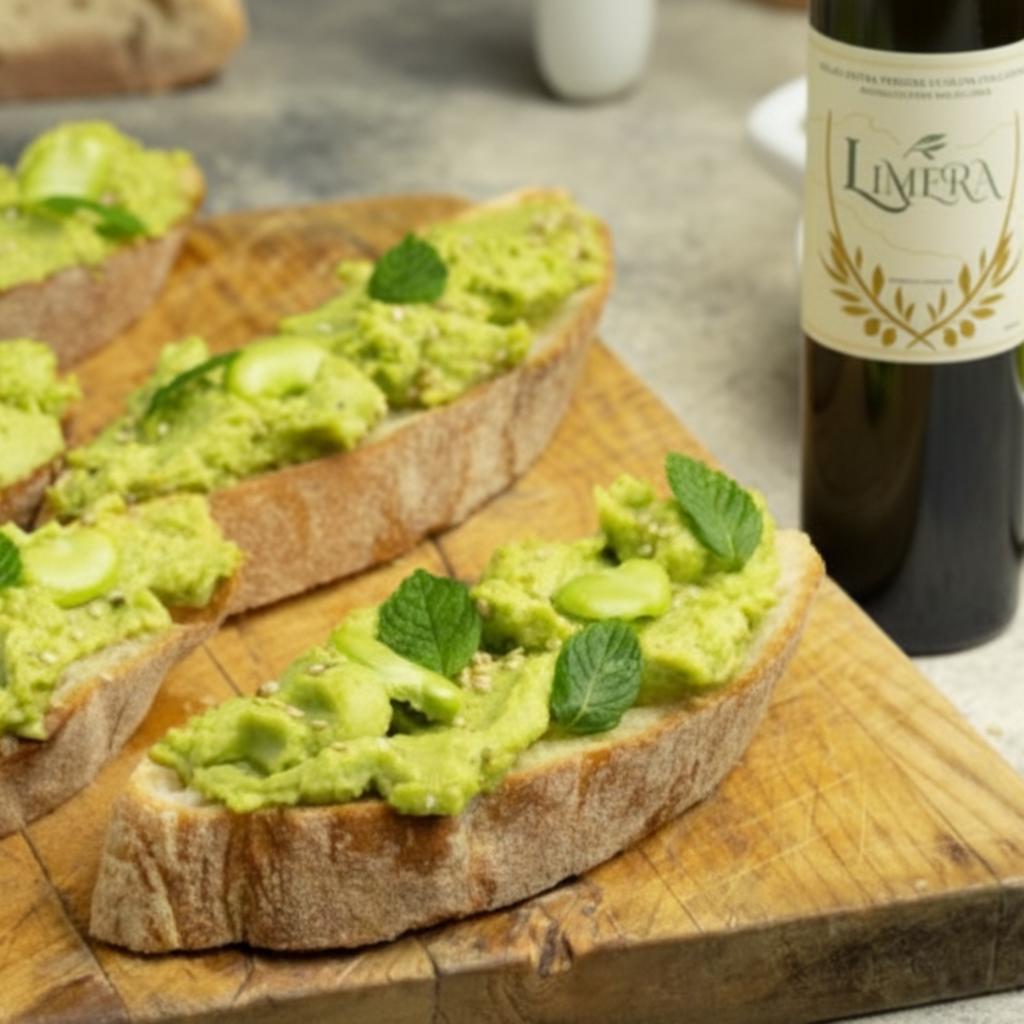

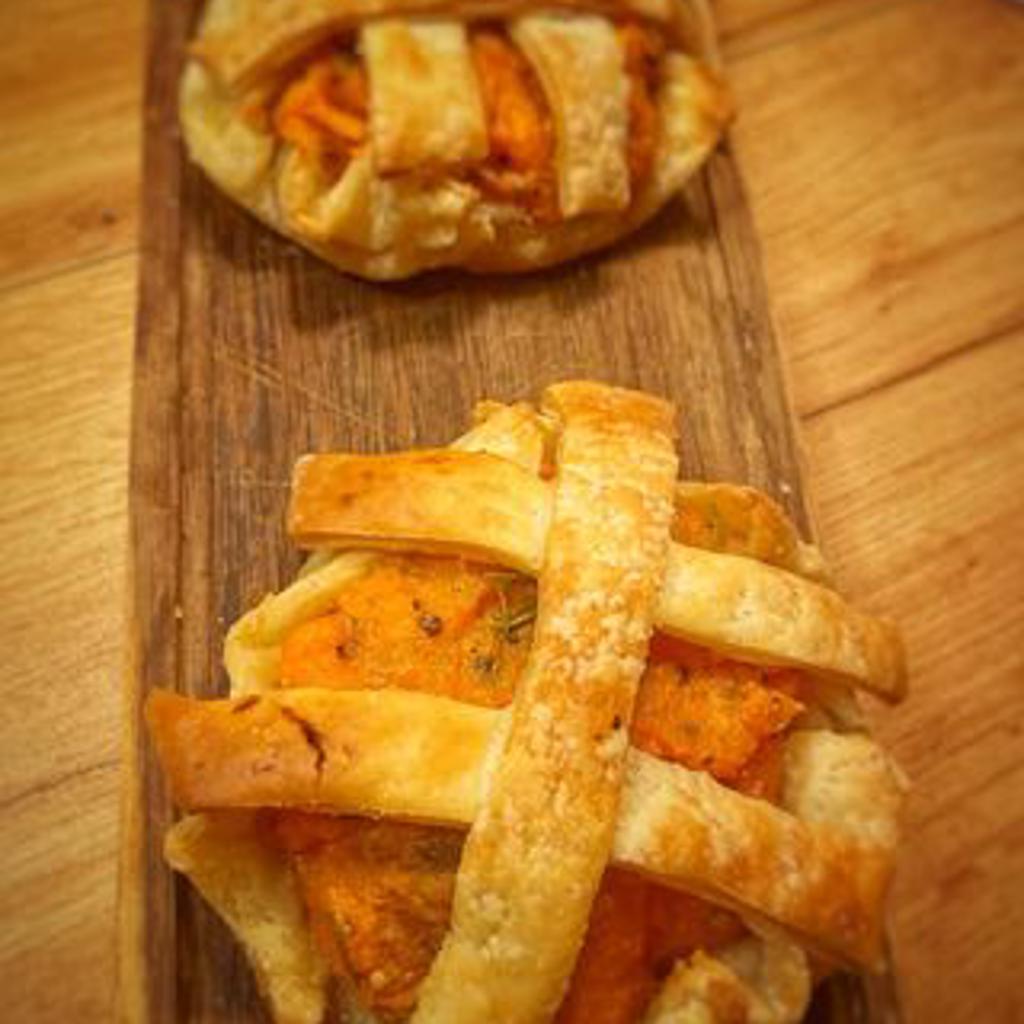
Sweet Potato Gluten-Free Tarts
Viaggiando Mangiando
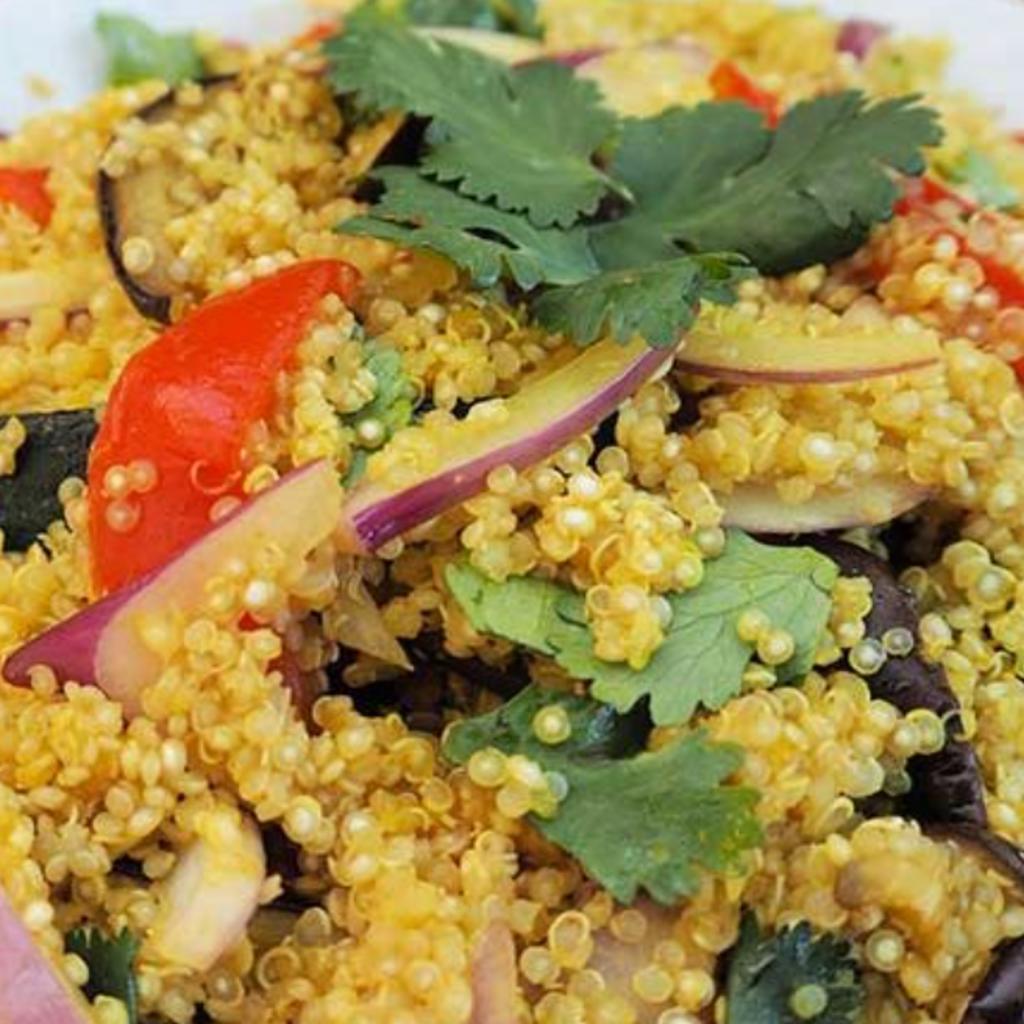
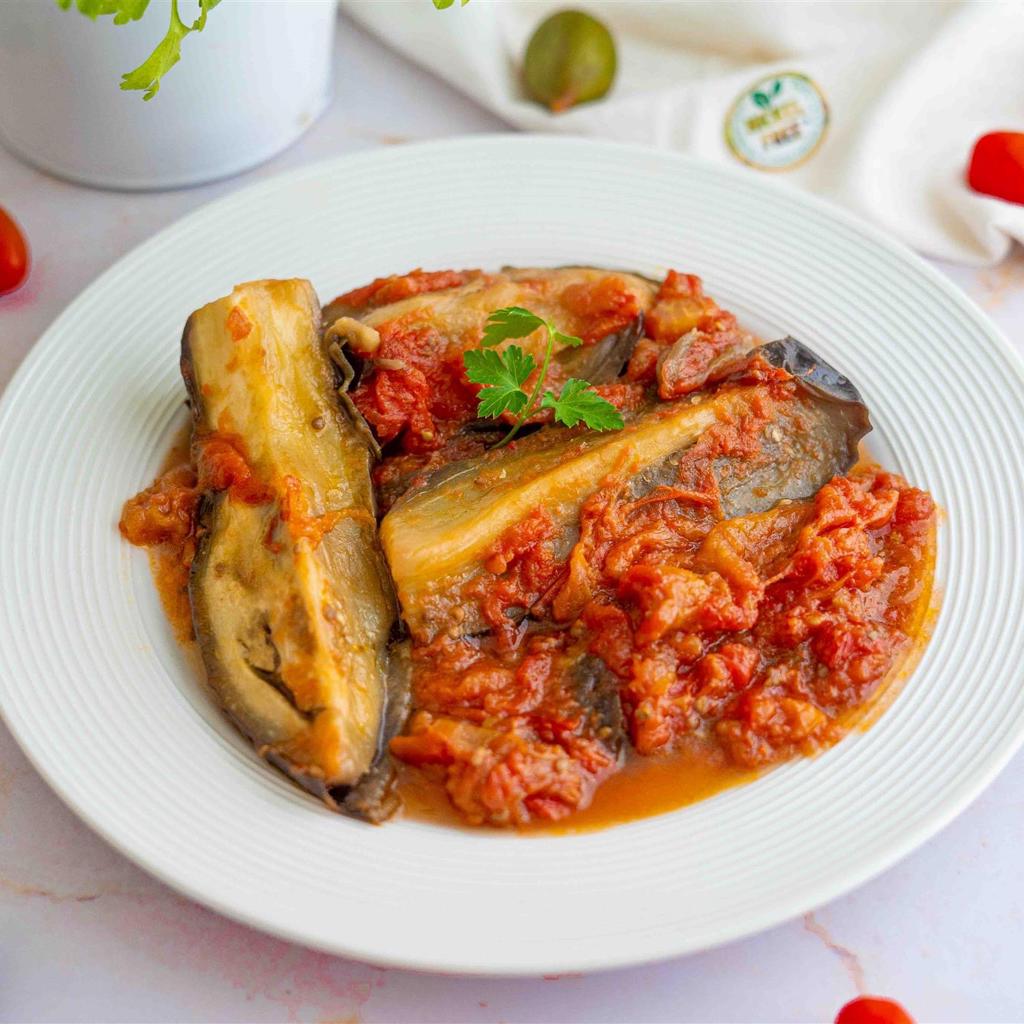
Manu food writer
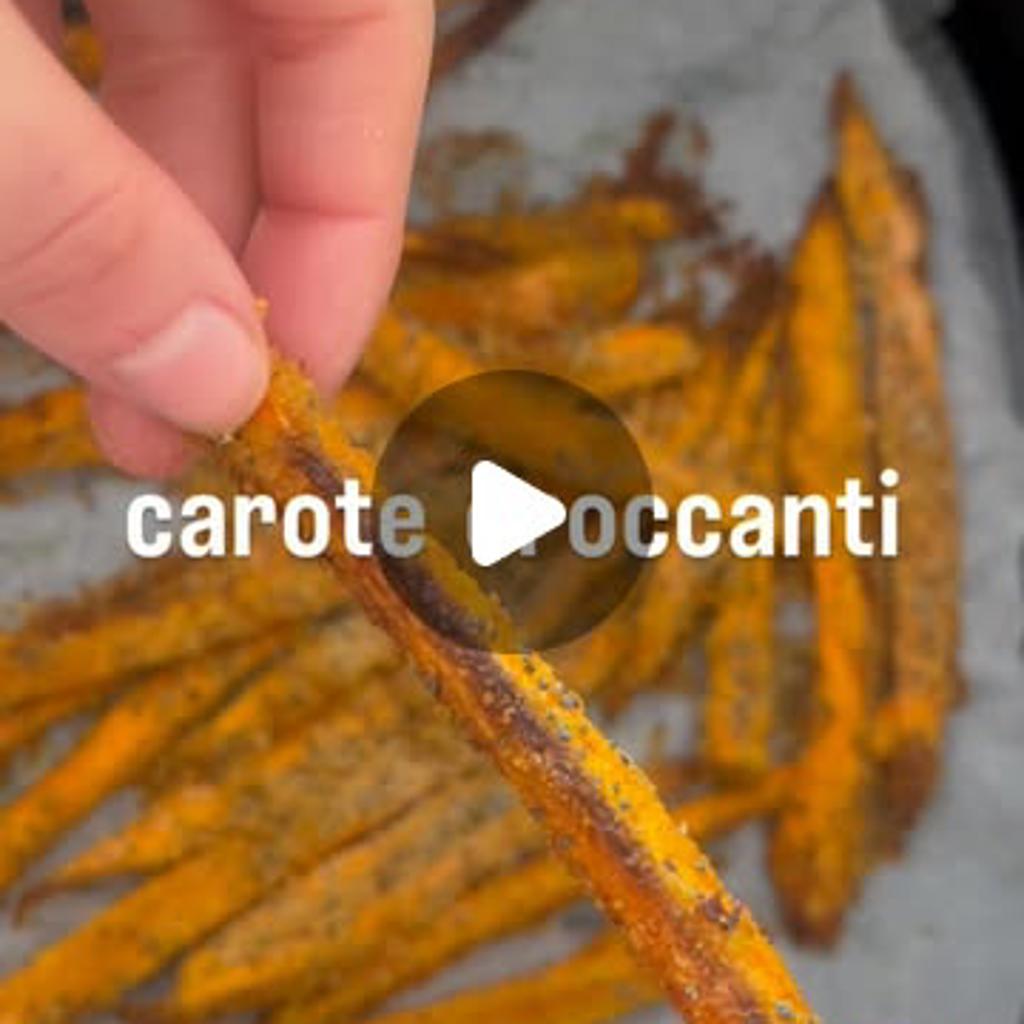
Crunchy Oven or Air Fryer Carrots
MescolaBene
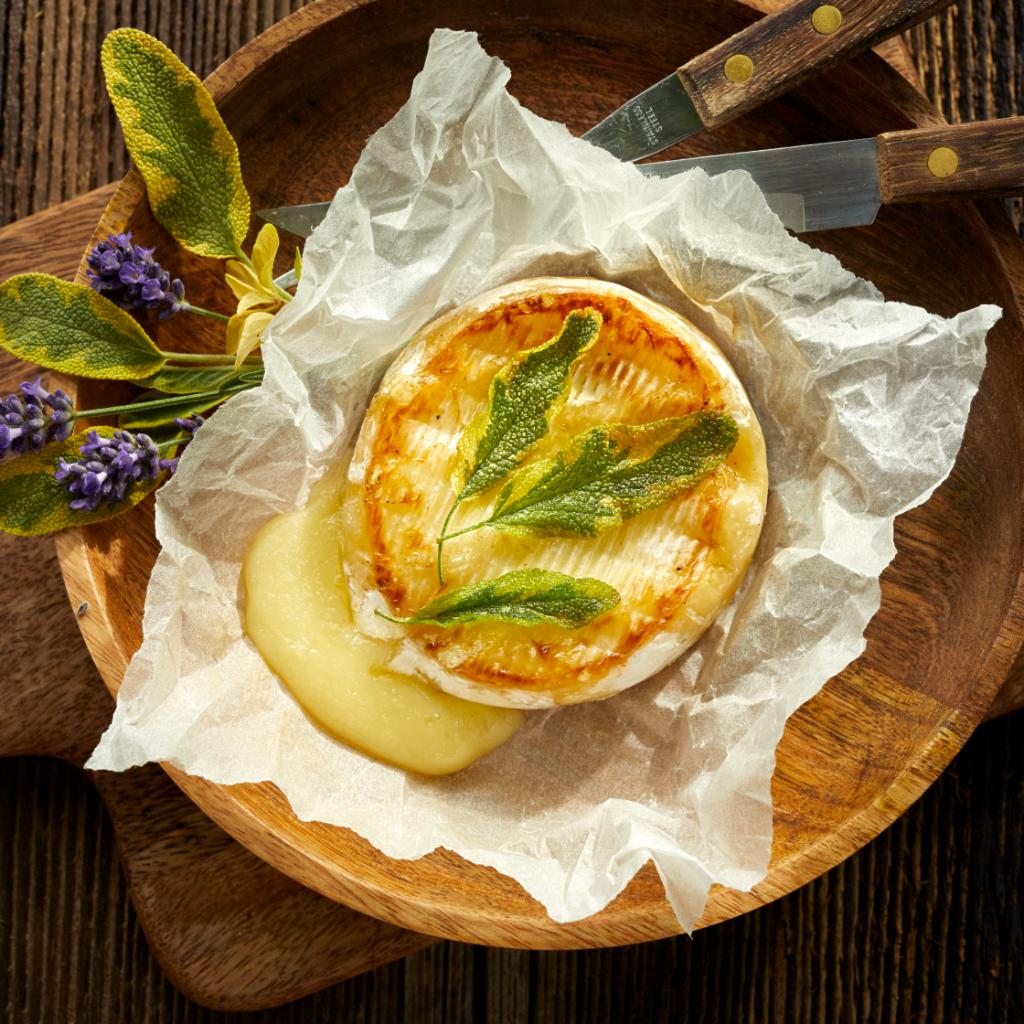

Baked Soft Goat Cheese with Crispy Sage
Vandelli Formaggi
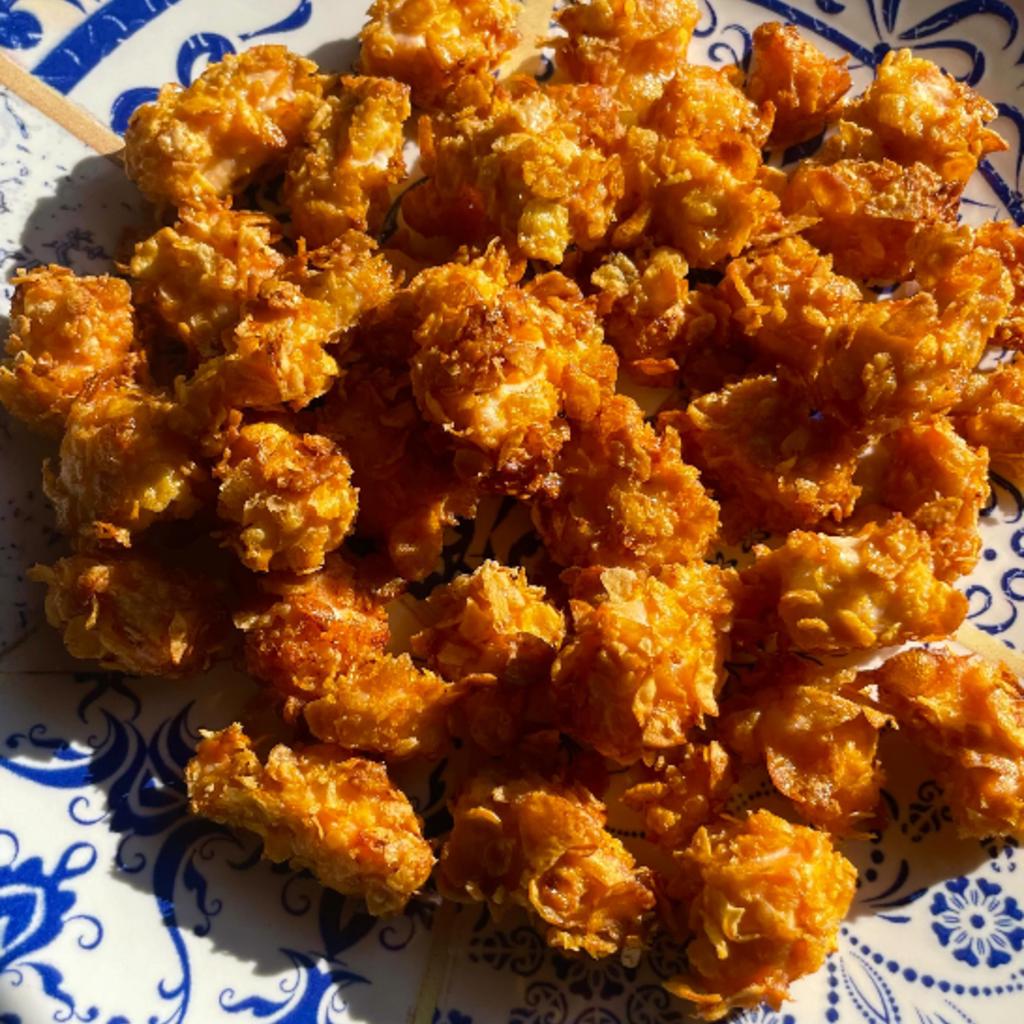
Le ricette di Tuduu
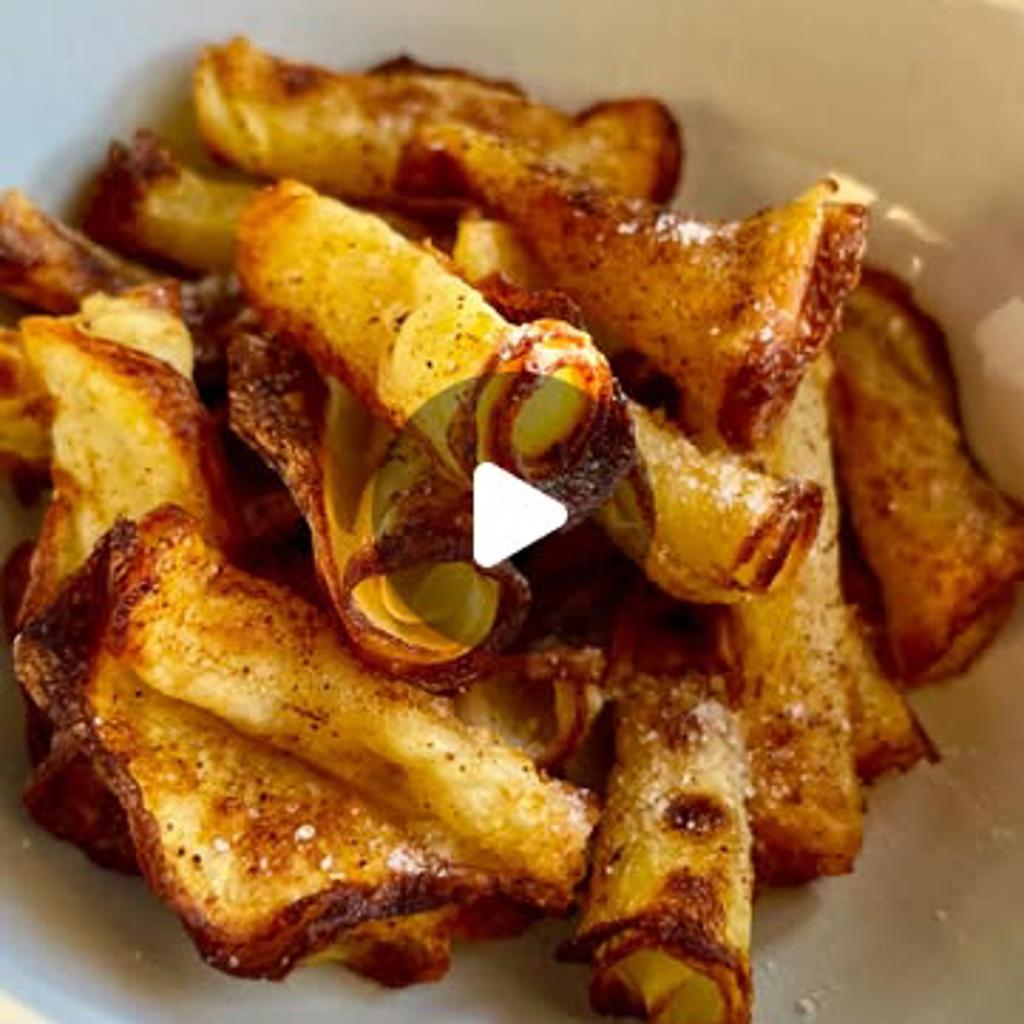
Ultra Crispy Non-Fried Potato Chips
Ilmiopiattoacolori
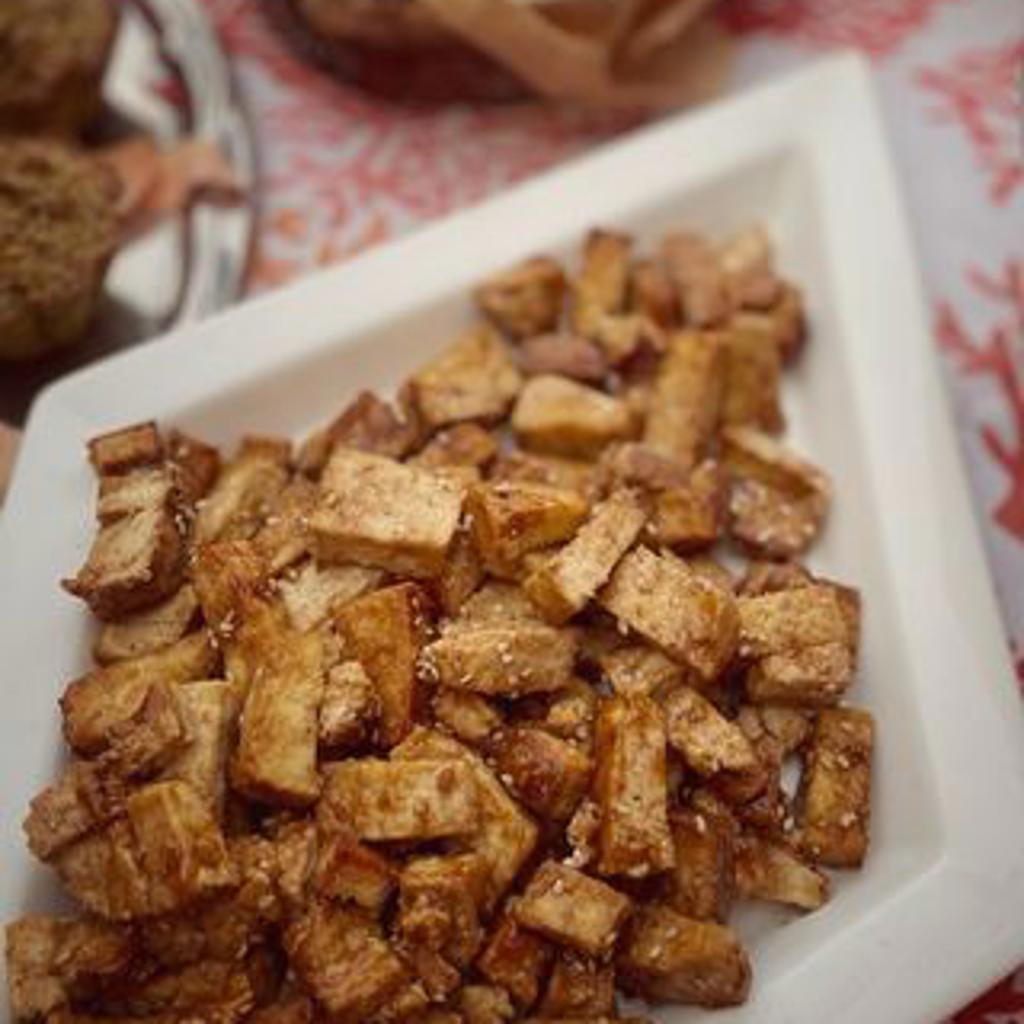
Viaggiando Mangiando
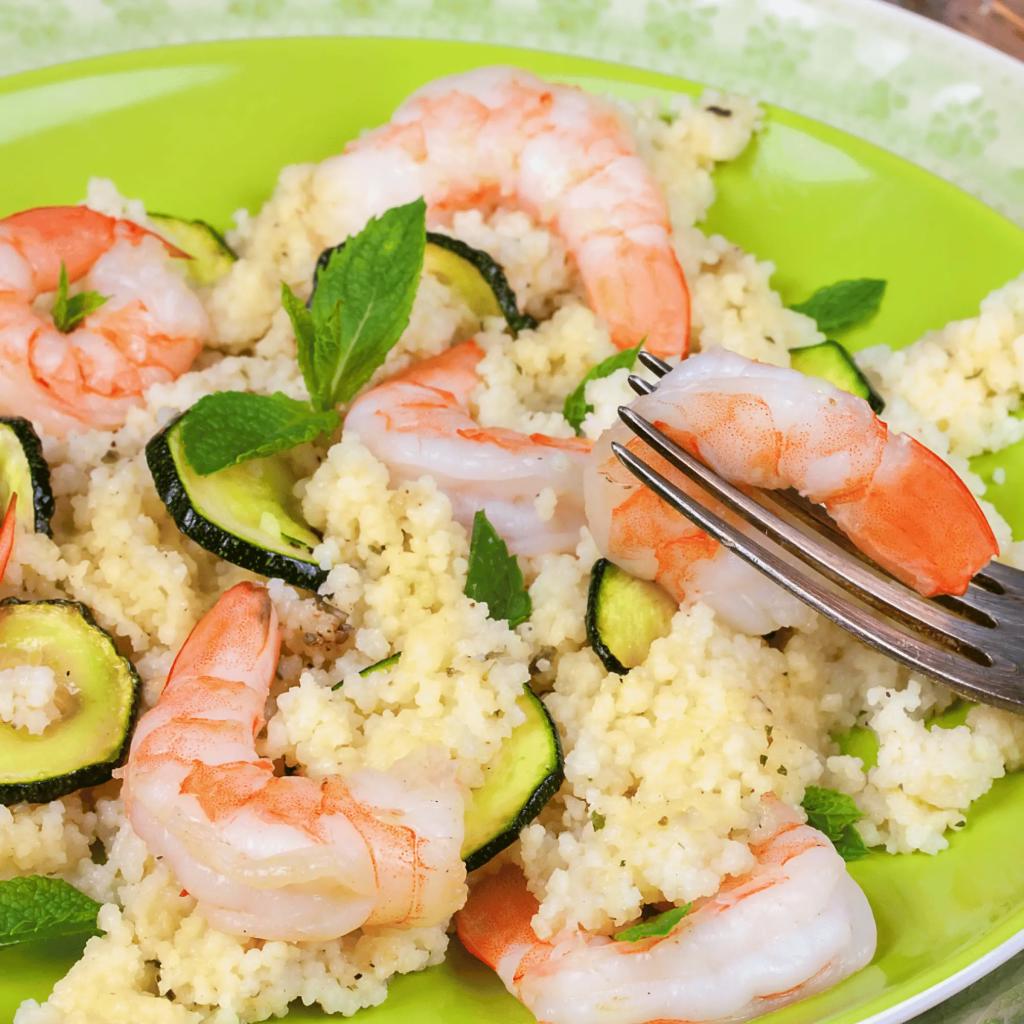

Mariapia - Food Blogger - Economista Salutista

Breaded Potato Croquettes with Gluten-Free Taralli
Elena|CeliachiaStanca
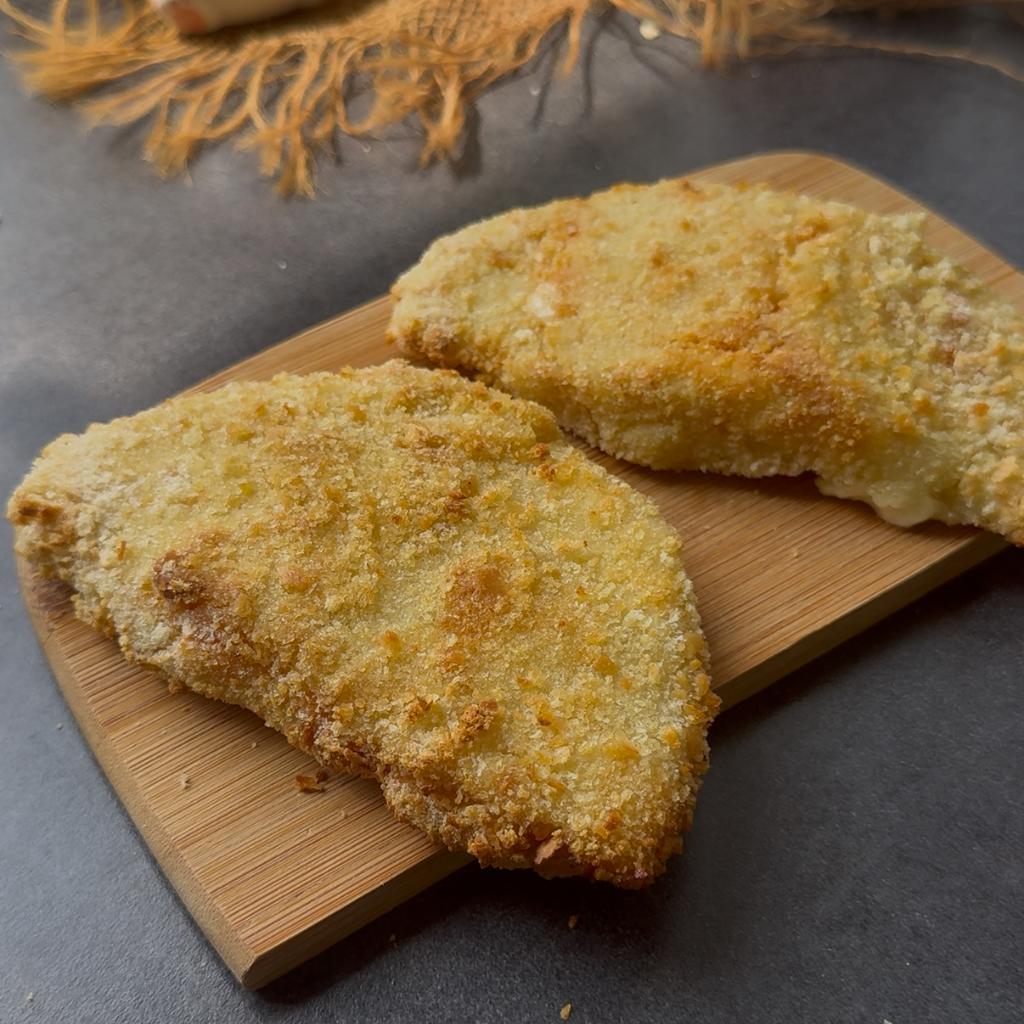
EASYCLARISSA
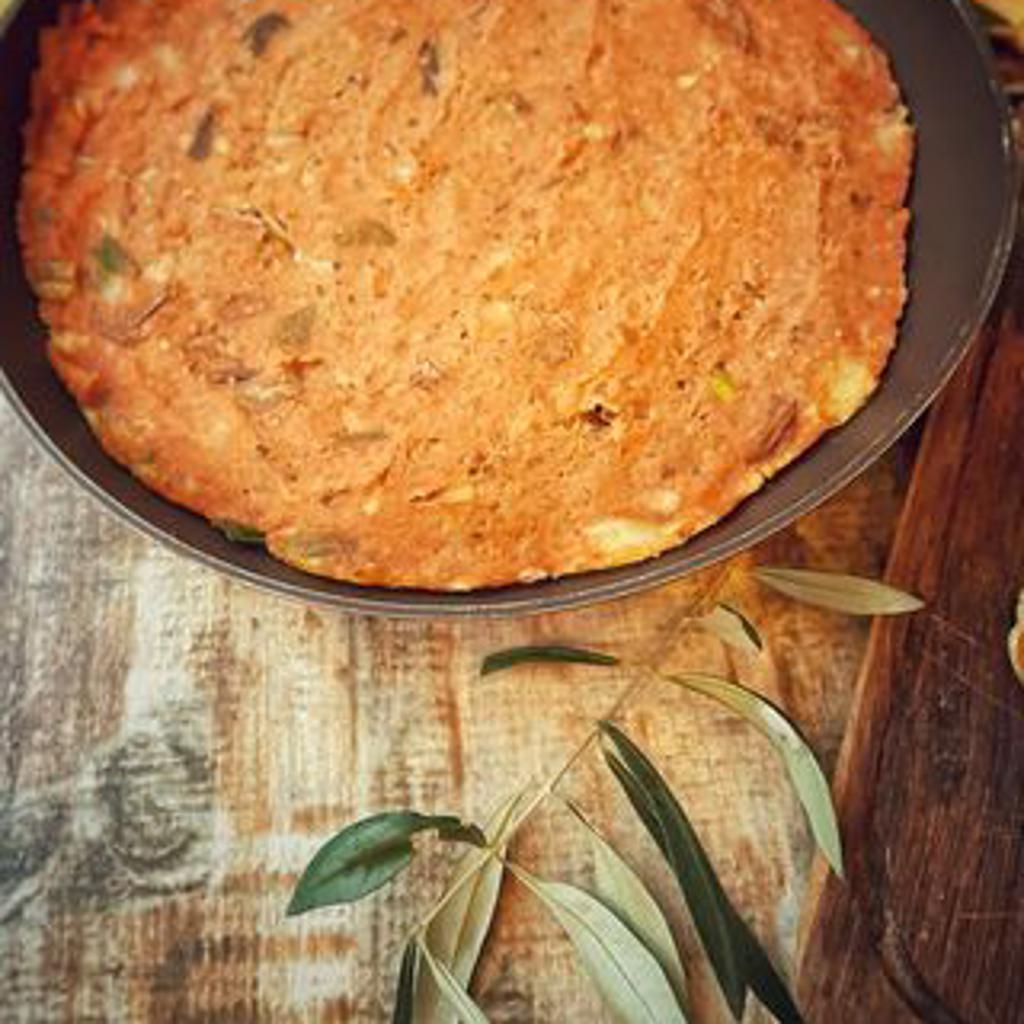
Viaggiando Mangiando
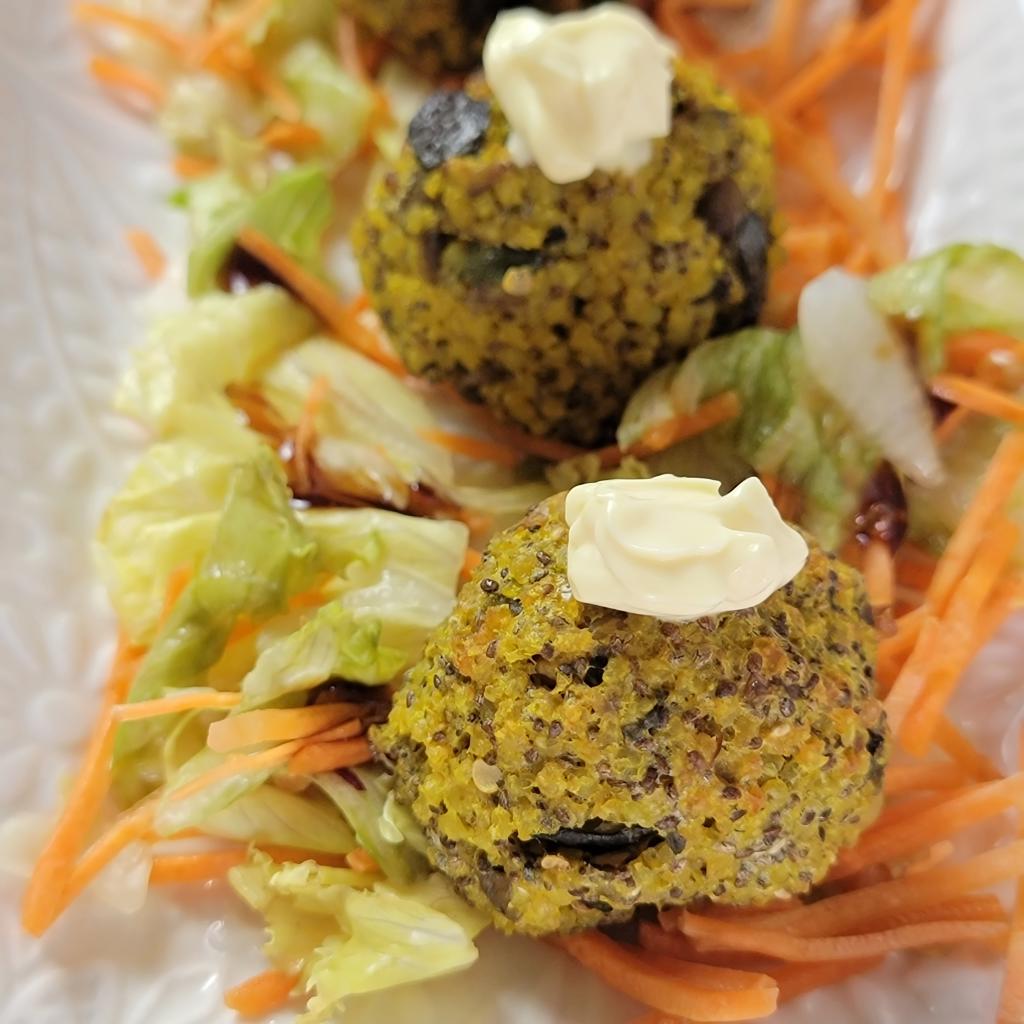
Millet balls with vegetables, chickpeas and curry
Cucinare_per_te
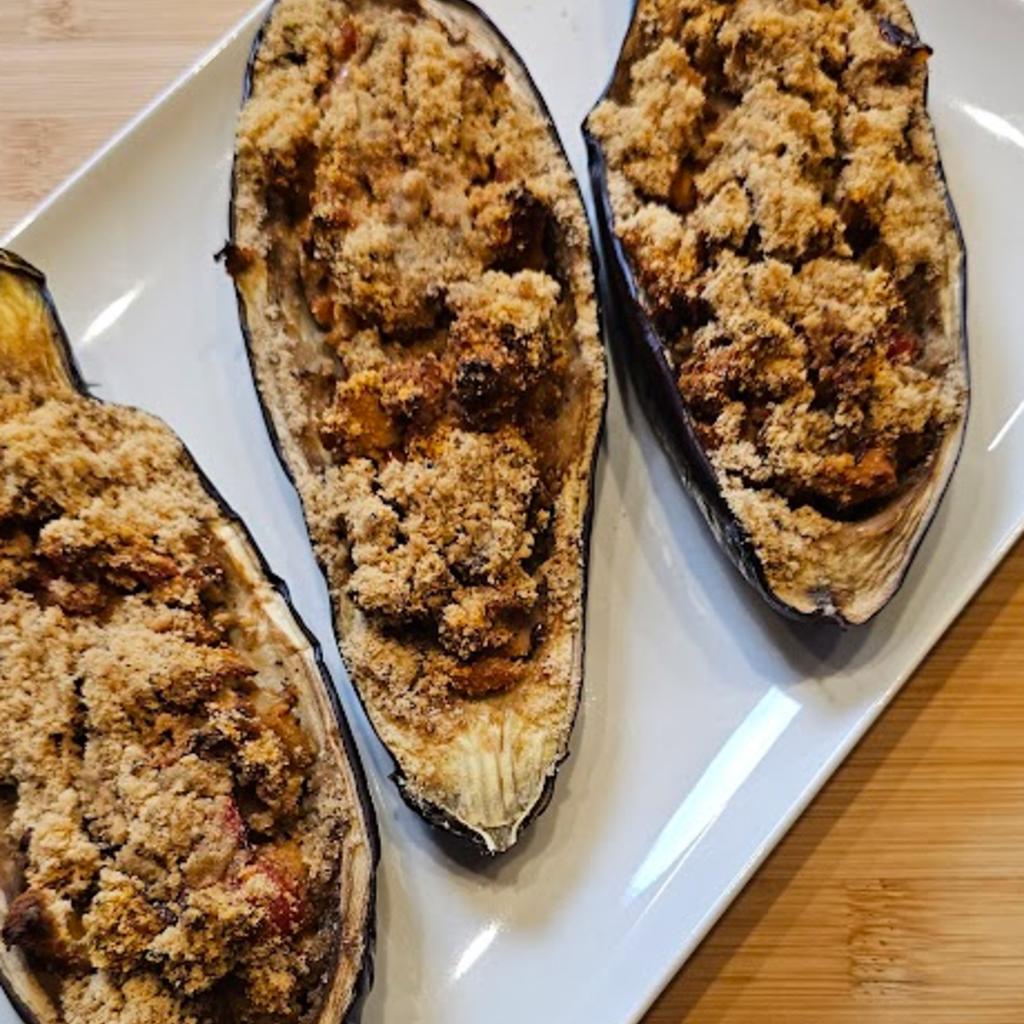
Gluten-Free and Lactose-Free Stuffed Eggplants
Elena|CeliachiaStanca
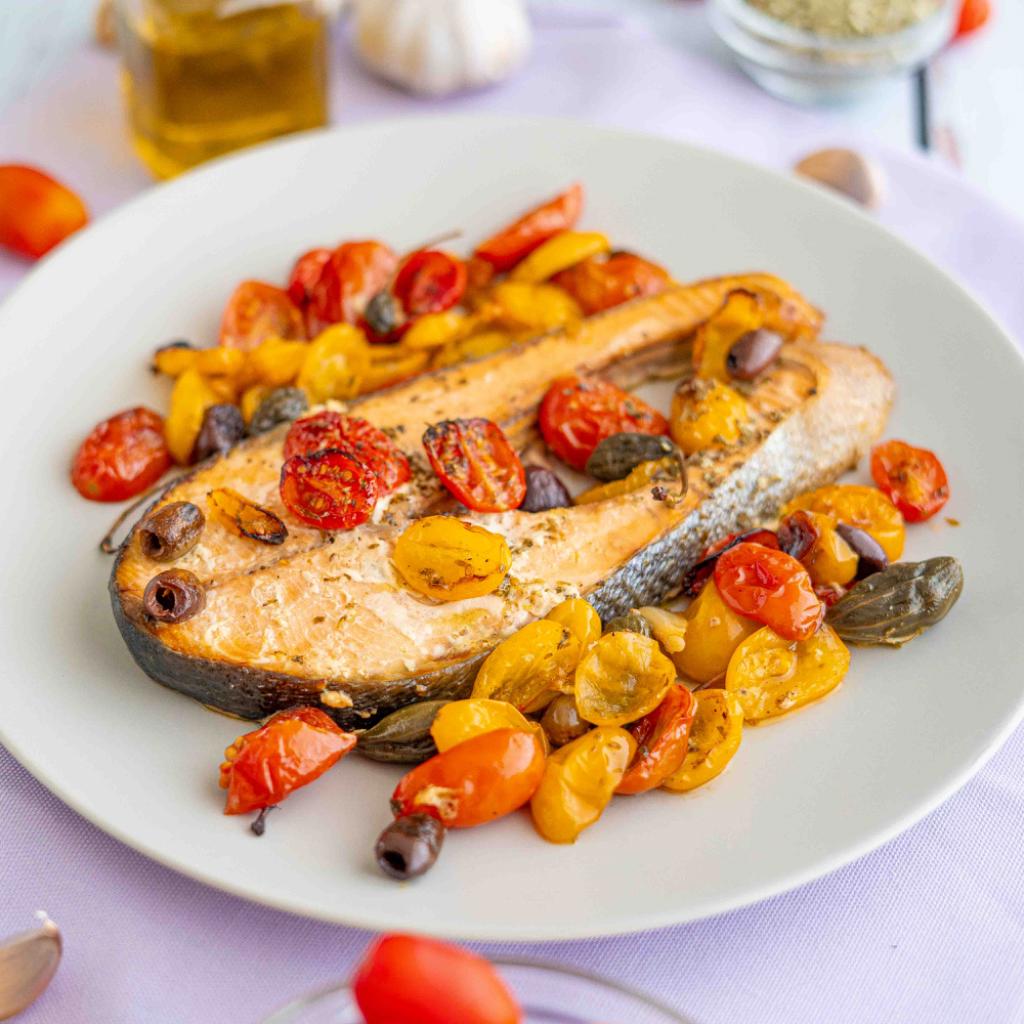
Manu food writer
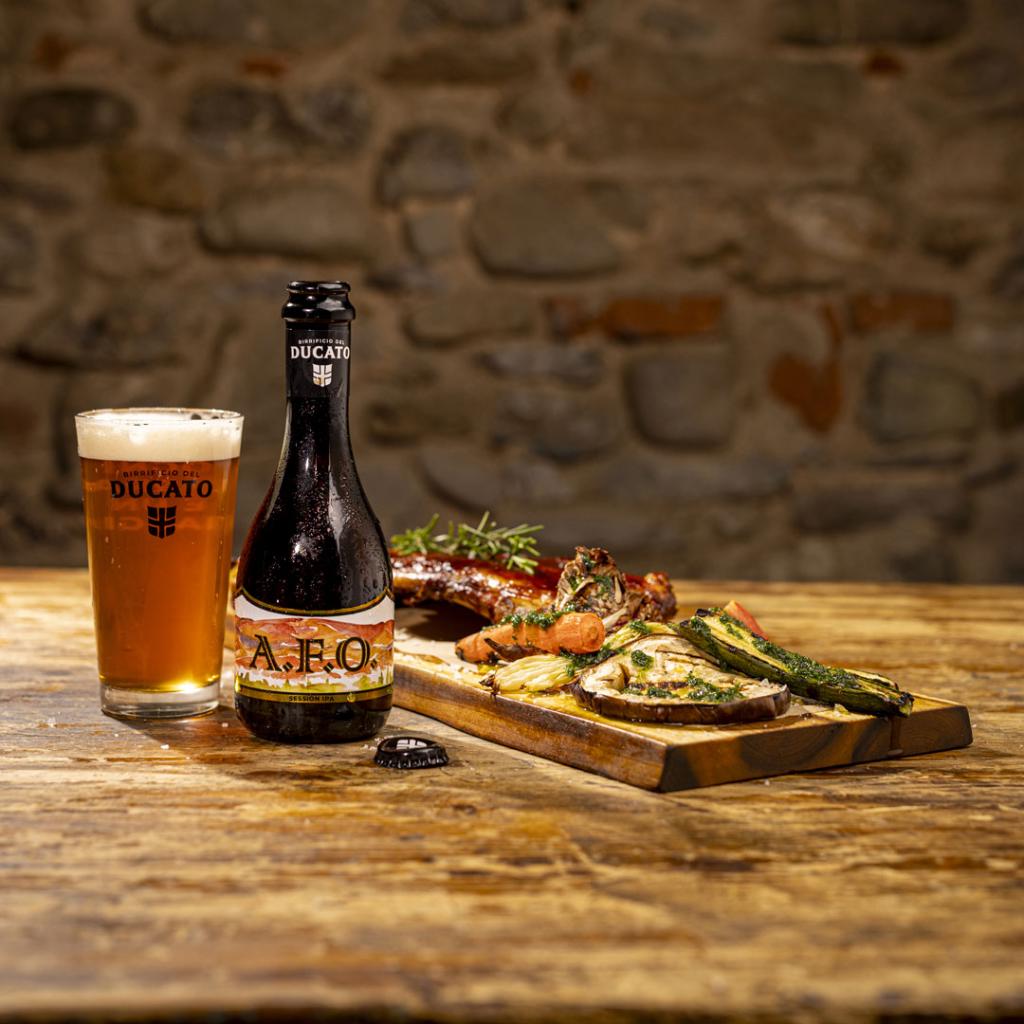
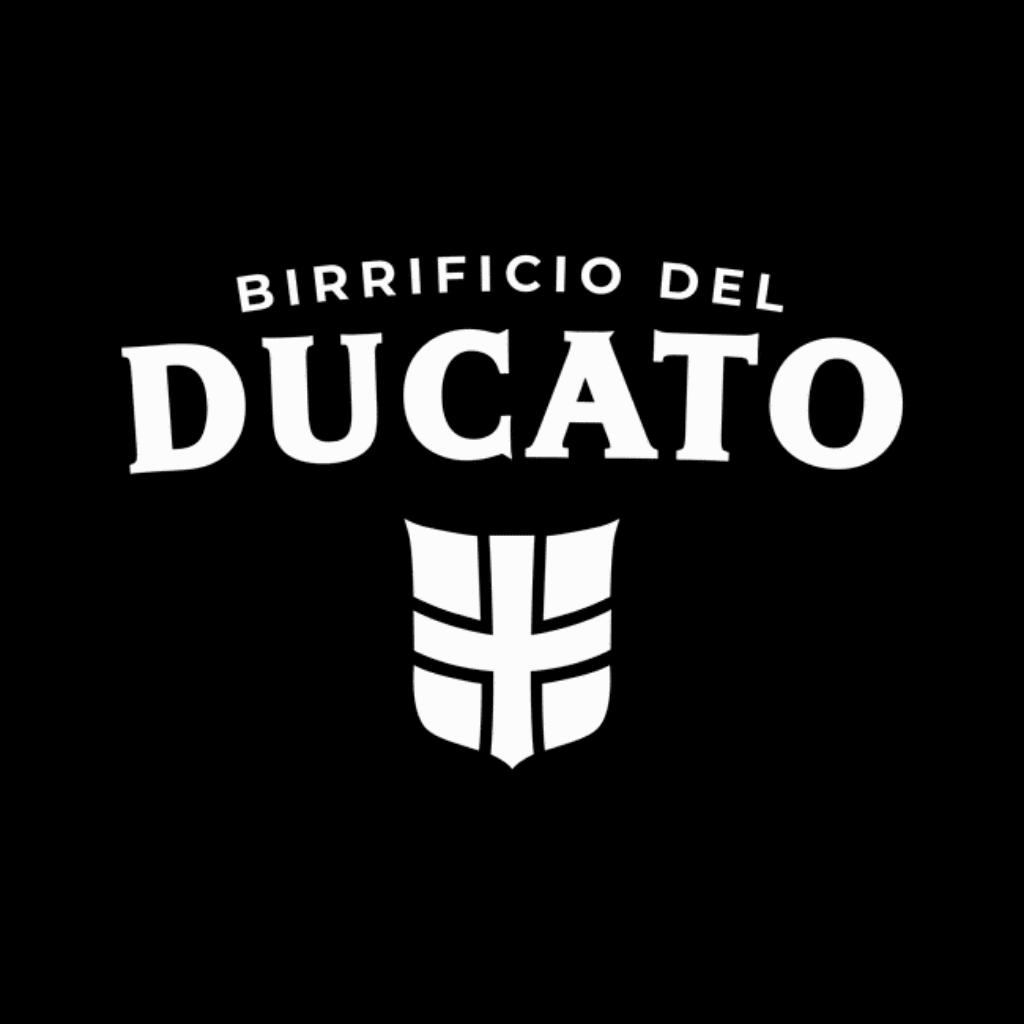
Bbq ribs 800gr with grilled vegetables
BIRRIFICIO DEL DUCATO

Persimmon Donuts with No Added Sugar and Lactose-Free
Mariapia - Food Blogger - Economista Salutista


Carrot cake with vegan chufa, high and soft
IoBoscoVivo Srl

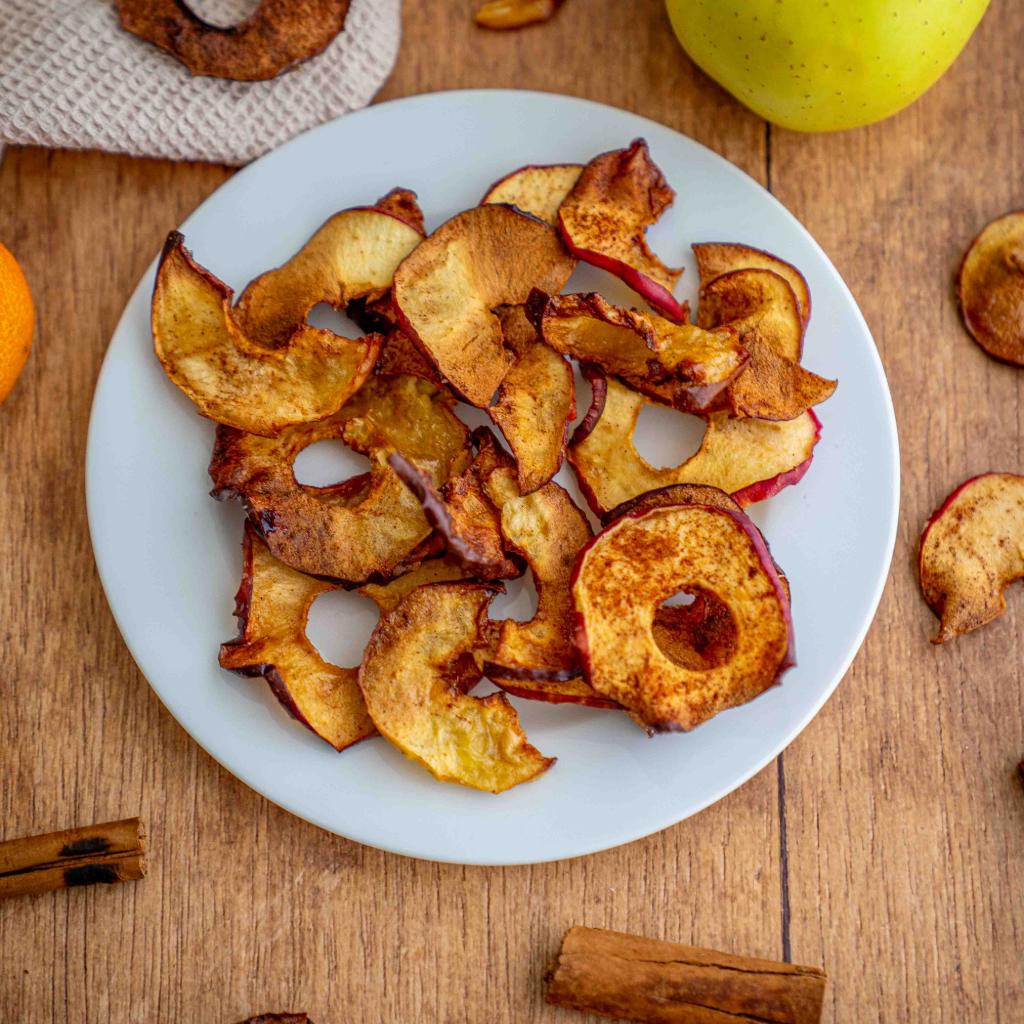
Manu food writer
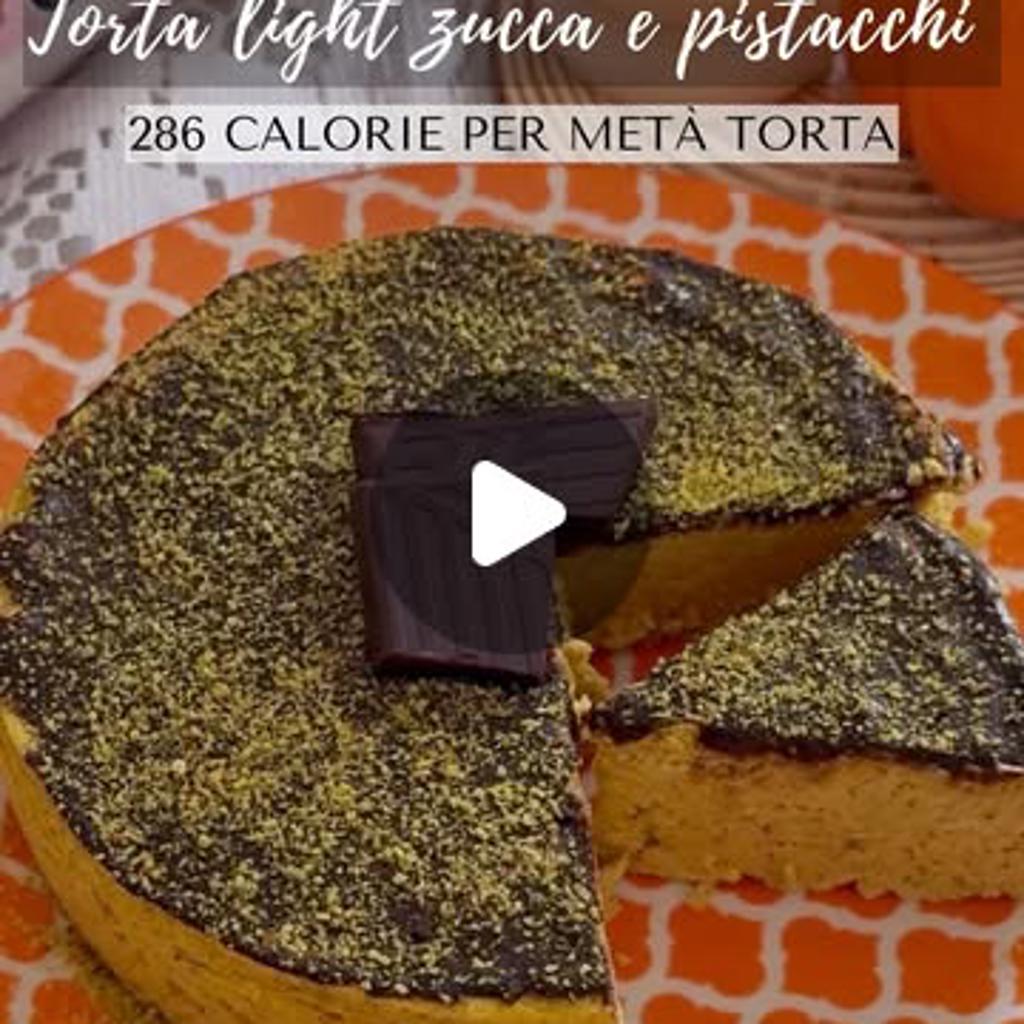

Light pumpkin and pistachio cake (glazed with chocolate)
Fitporn® - Healthy Food, Looking Good.

Viaggiando Mangiando